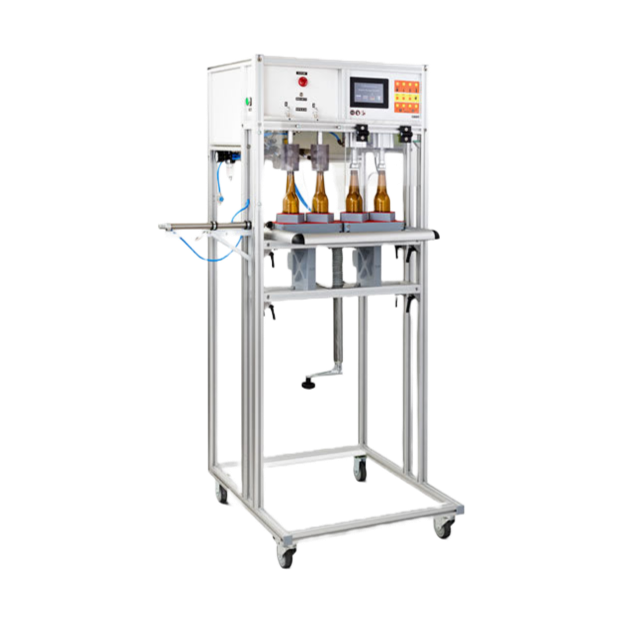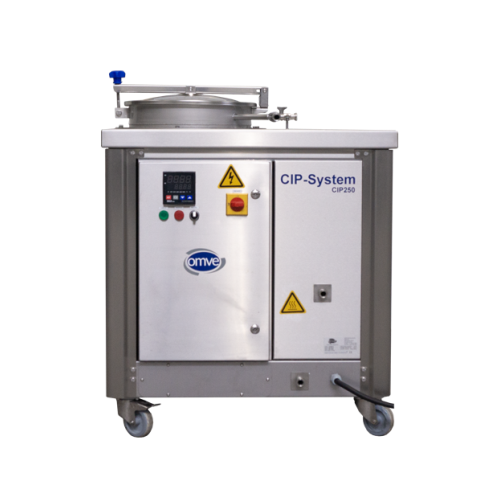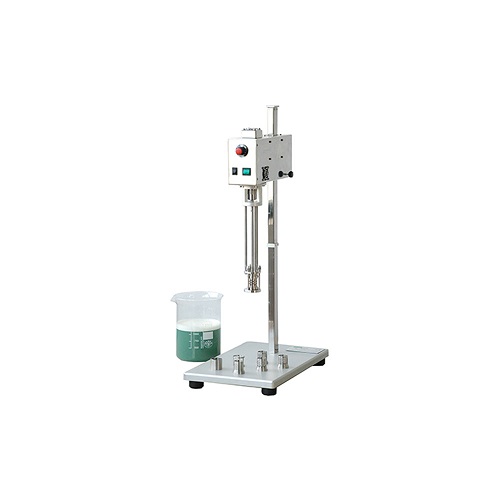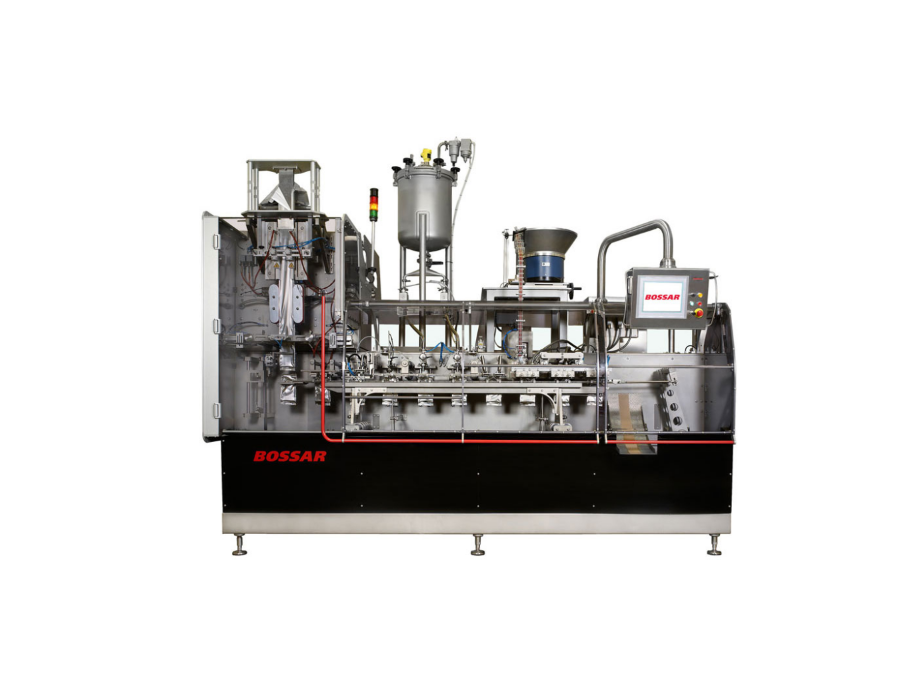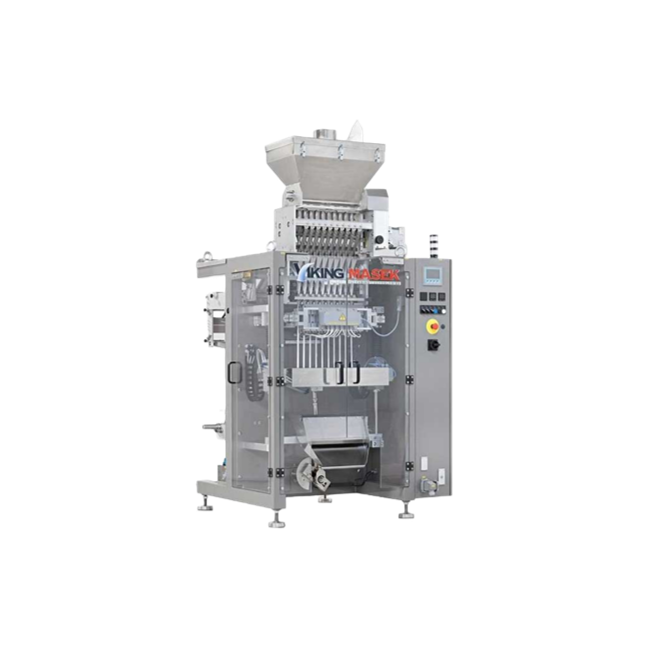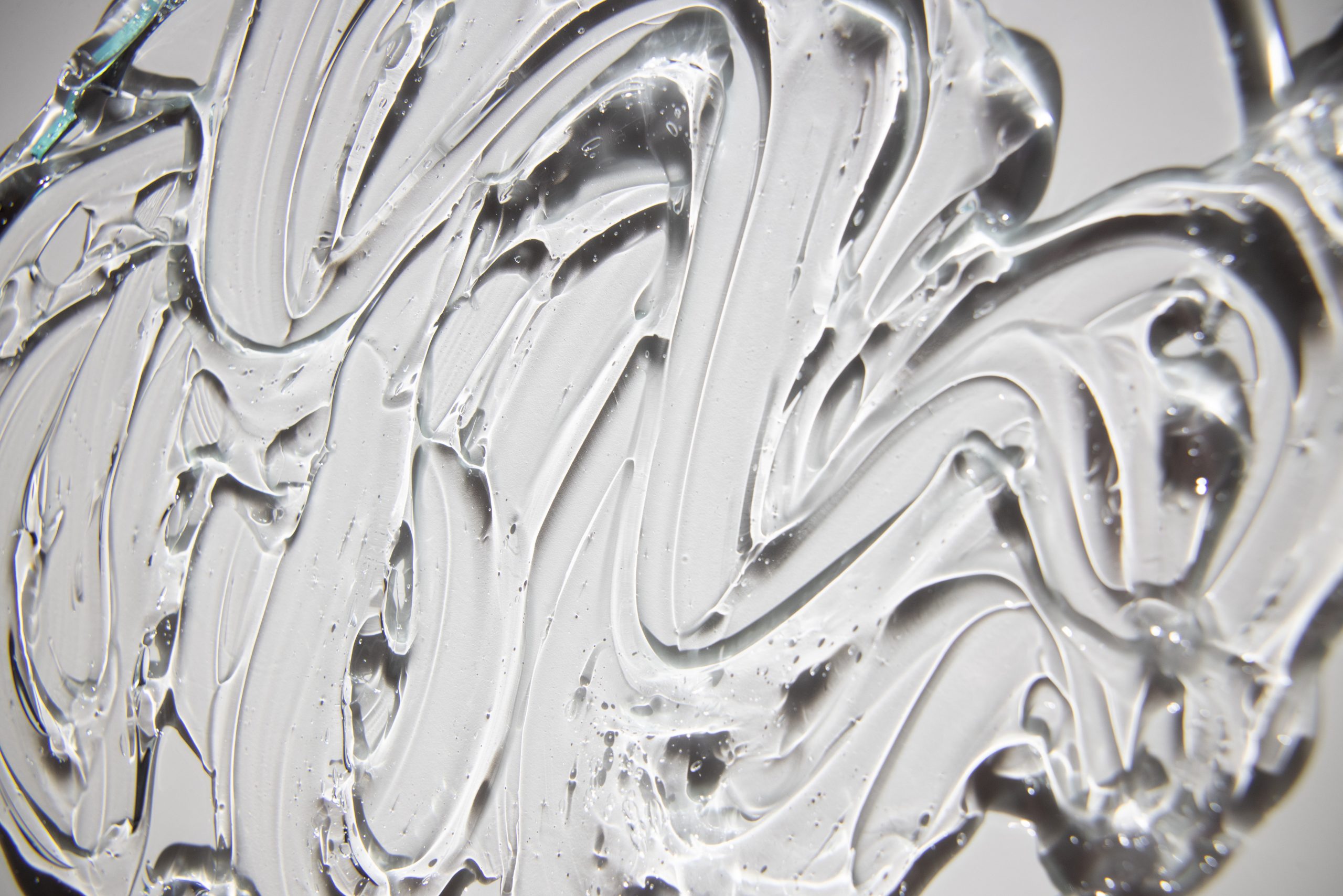
Making Gels
Find innovative production technology for making gels and connect directly with world-leading specialists
The easiest and most commonly used method of making gels is mixing gelling agents with water to form a weakly cohesive internal structure. The gel production process is pretty linear and straightforward, from mixing hydrocolloids and water to labeling and sealing containers.
Select your gels process
Tell us about your production challenge
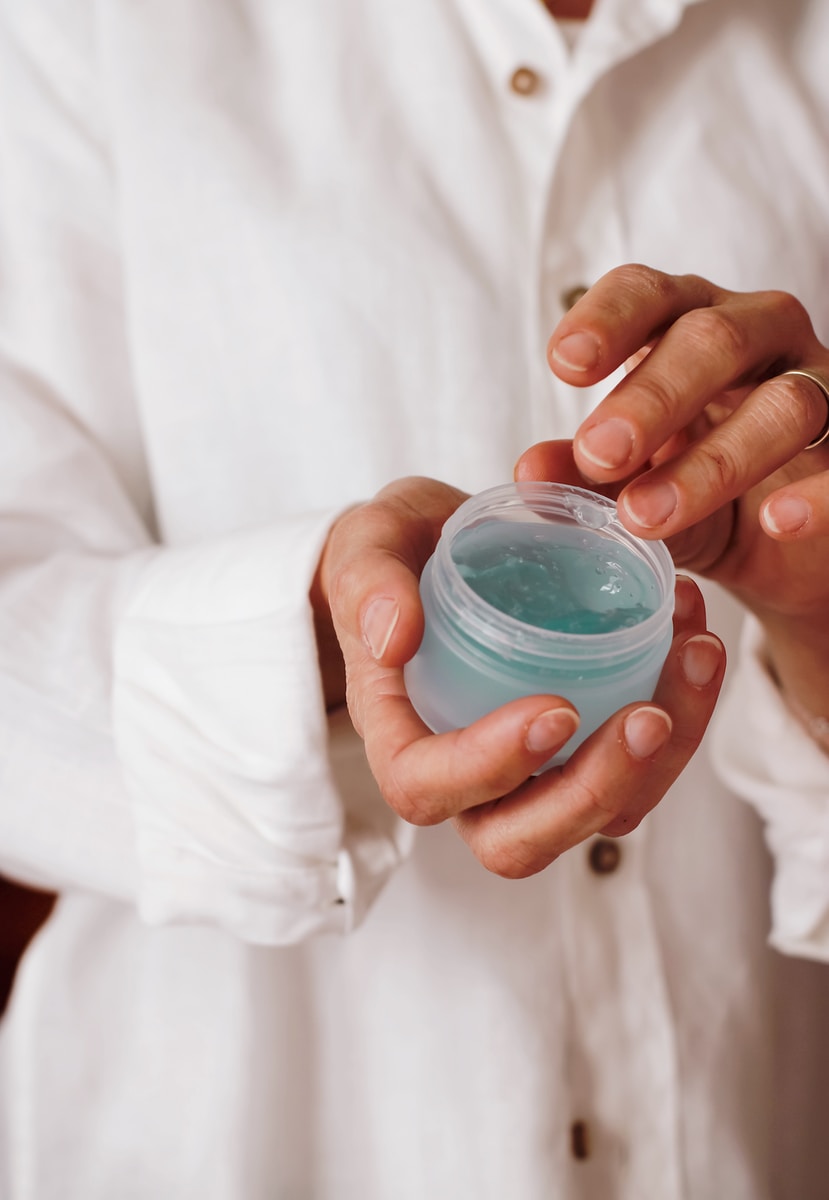
Do you need a gel making machine for gel production?
To manufacture gel, you simply need to mix gelling agents with appropriate proportions of water to form a semi-solid aerosol. Thickening (or gelling) agents help increase the viscosity of liquids without substantially altering their other properties. On their part, hydrocolloids used in making gels are usually in powder form but are derived from various sources and origins, including plants, marine, biotechnological, cellulose, and synthetic.
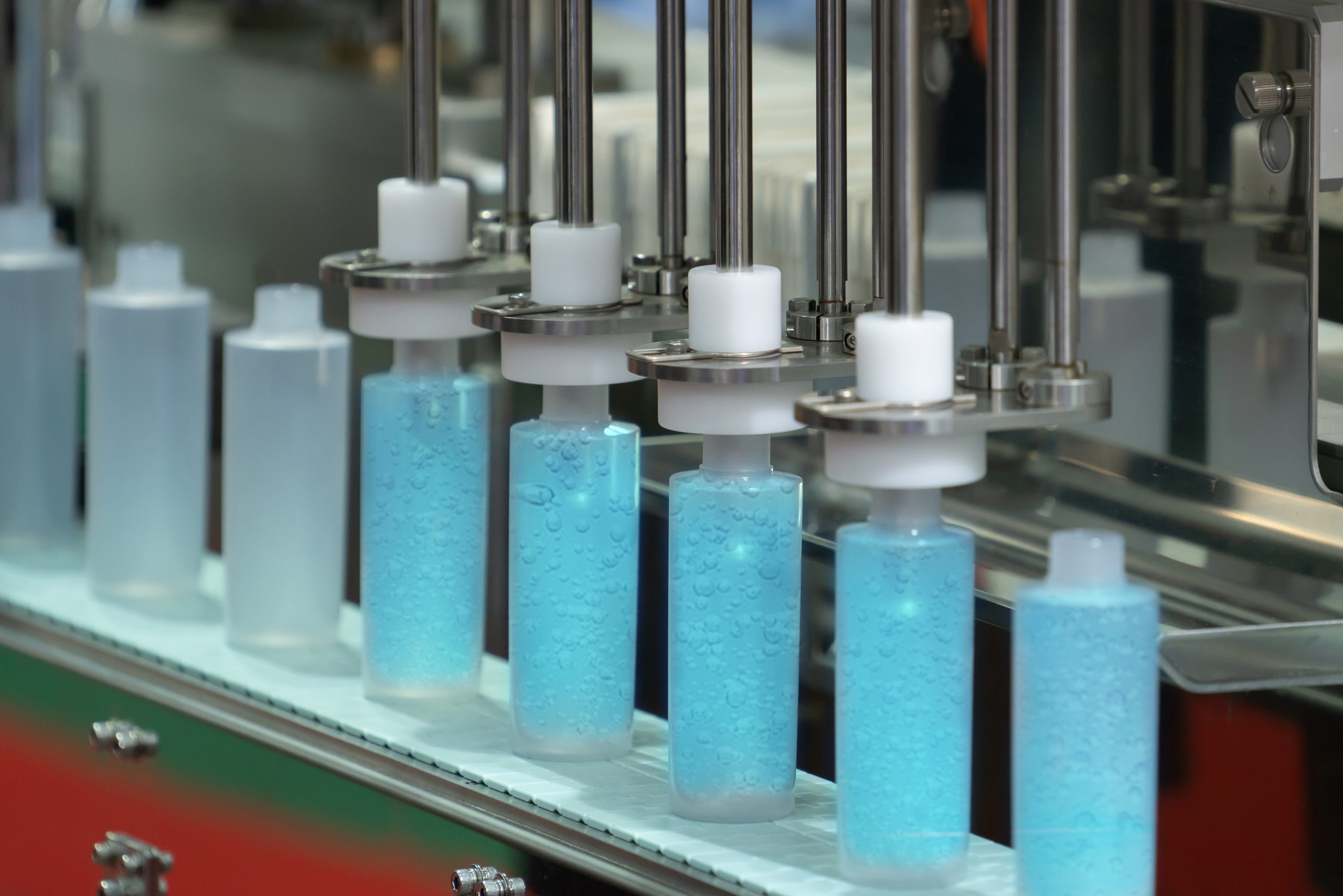
You need different equipment to manufacture gel depending on your intended product’s type and applications. For starters, a small-scale dispersion machine is an important tool, since homogenization is a game-changer. Further, in the carefully-controlled arena of pharmaceutical production, GMP (Good Manufacturing Practice) washing solutions are essential. It cleans production equipment in regulated pharmaceutical-manufacturing facilities. Moreover, if you’re planning on large-scale production, you must have filling and labeling machines.
How gels are useful
Gels have a wide range of uses and can be pharmaceutical and cosmetic. Cosmetic gels feature prominently in the manufacturing of personal care products such as hair styling gels. Likewise, pharmaceutical gels help in the making of painkillers and ointments. The production process for manufacturing both types of gel is largely similar, but zero cross-contamination between production batches is significantly more important in the production of pharmaceutical products.
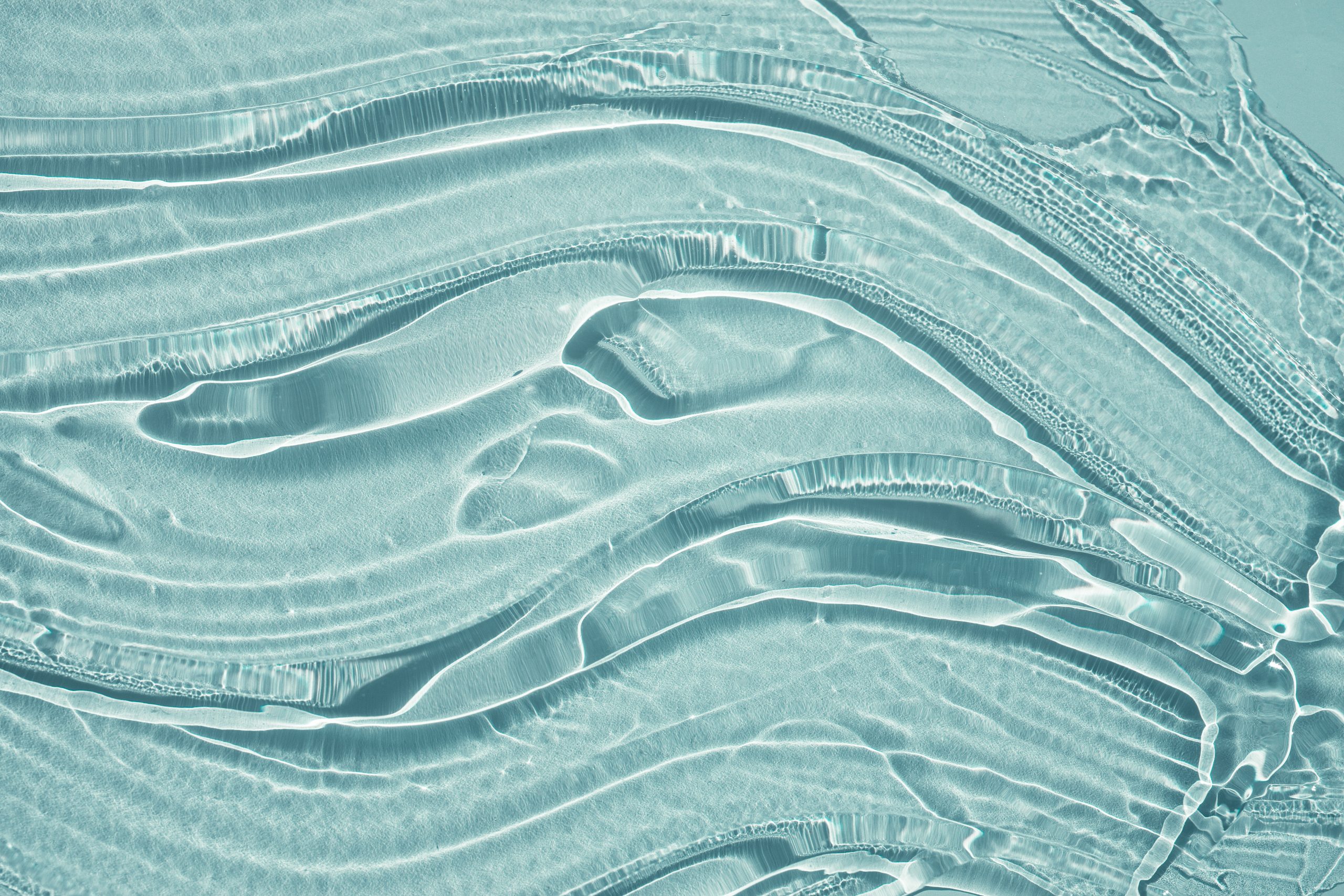
What you should know about regulations for gel production
Regulations for the production of cosmetic and pharmaceutical gels differ in specification and enforcement. Cosmetic GMPs guide the production and sale of cosmetic gels. These are a set of guidelines highly encouraged by health regulatory bodies in several countries. On the other hand, several countries have enacted legislation guiding the production of pharmaceutical gels, in addition to pharmaceutical products regulation. The World Health Organization (WHO) also has standards promoting and regulating the production of pharmaceutical products.
The FDA highlights differences in regulations between cosmetic and pharmaceutical products, which can apply to gel production as well. For instance, cosmetic products do not require FDA approval before they can go on sale whereas pharmaceutical products must receive premarket approval. Also, failure to follow GMP requirements adulterates pharmaceutical products, while no regulations stipulate specific GMP requirements for cosmetic products.
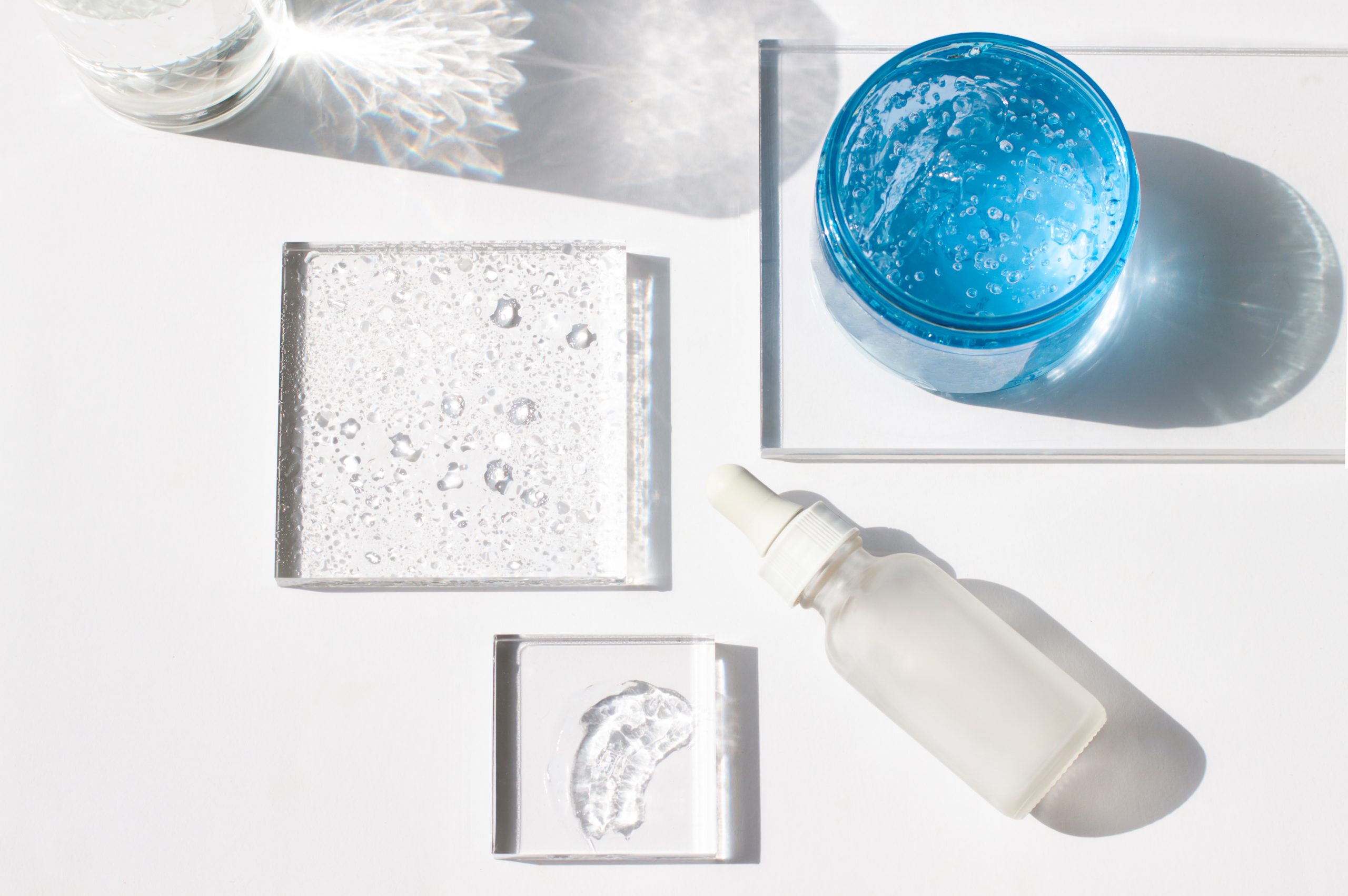
Gel making machines and the homogenization process
Homogenization can make or mar your efforts. It serves several purposes such as reduction of particle size, dispersion, dissolution, mixing, emulsification, and encapsulation. The homogenization process involves the use of pressure to mix two items (in this case, powder and water) to create a uniform emulsion. While it’s certainly possible, it’s not advisable for you to homogenize your gel by hand. Since the homogenization process is so exacting, there are industrial, high-pressure homogenization equipment to help make the process smoother.
Processing steps involved in gels making
Which gels technology do you need?

High shear emulsifier for mayonnaise production
Streamline your production of high-quality emulsions with this high-capaci...
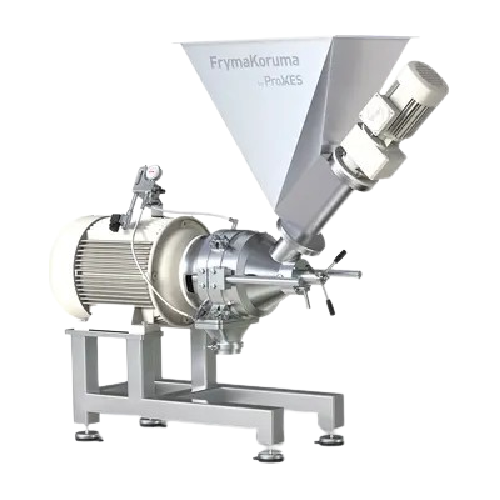
High shear emulsifier for food and pharmaceutical products
Optimize your production line with precise emulsification, ho...

Heat exchangers for efficient heat transfer in industry
Achieve precise temperature control across diverse viscosities wi...
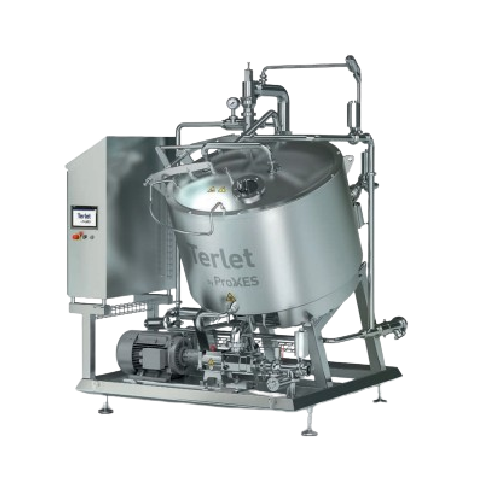
Precise liquid cooling solution for food processing
Ensure high-quality preservation of flavors and textures in liquid fo...
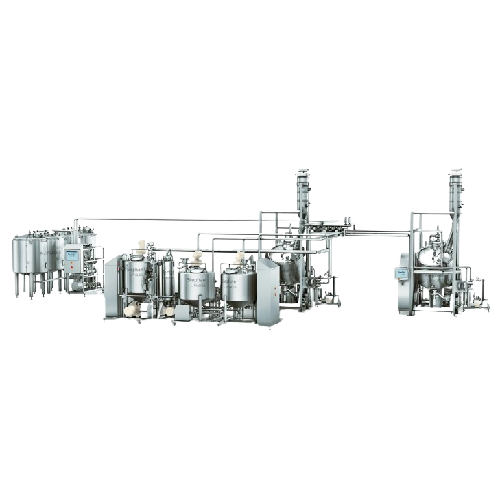
Continuous nut paste production line
Elevate your production efficiency with a versatile preparation line designed to seaml...
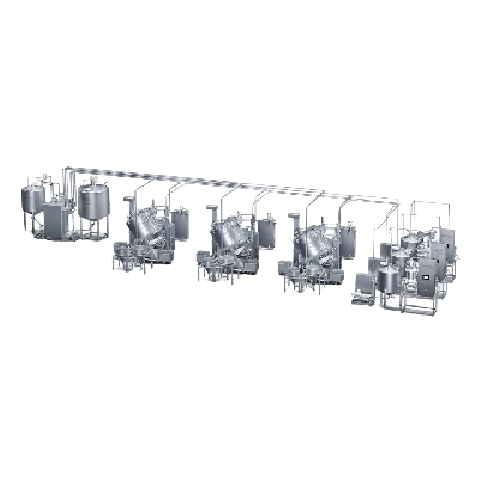
Continuous mustard production line
Optimize your condiment production with precision-engineered systems capable of transfor...
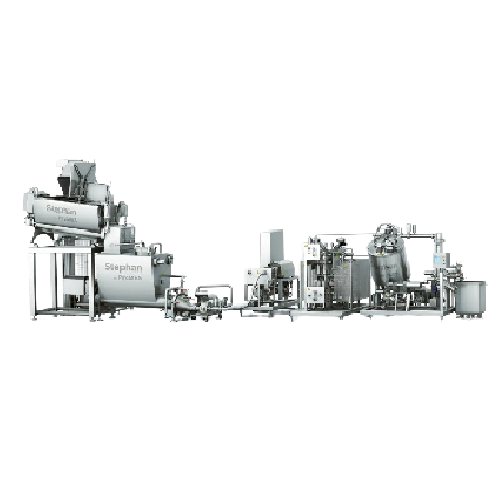
Cheese blending and heating line for processed cheese
Optimize your processed cheese production with a solution that seam...
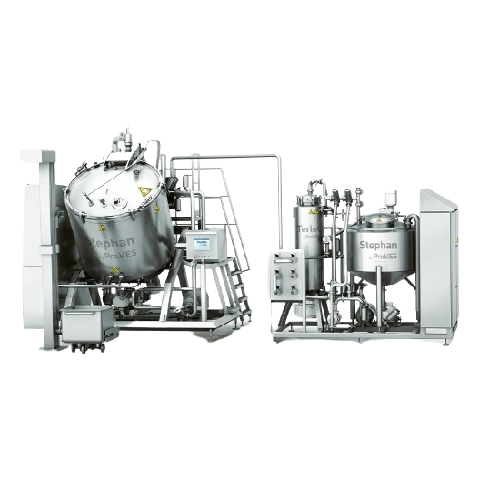
Continuous caramel production line
Optimize your caramel production with seamless integration, achieving precise fat meltin...
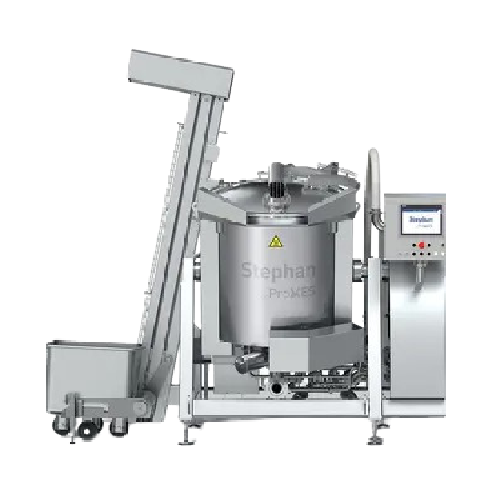
Industrial cooker for sauces and stews
When producing diverse culinary delights such as sauces and stews, achieving even he...
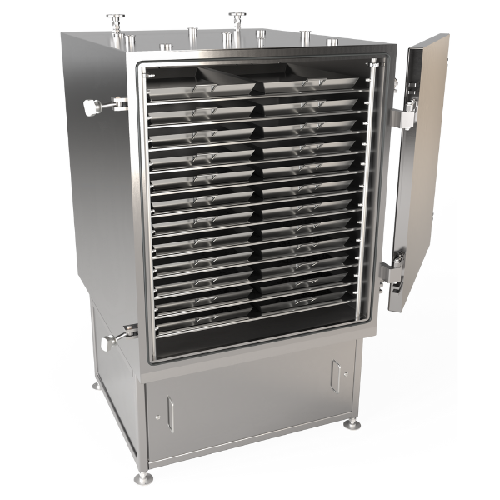
Continuous heat exchanger for soups and sauces
Optimize your soup and sauce production with a continuous heat exchanger th...
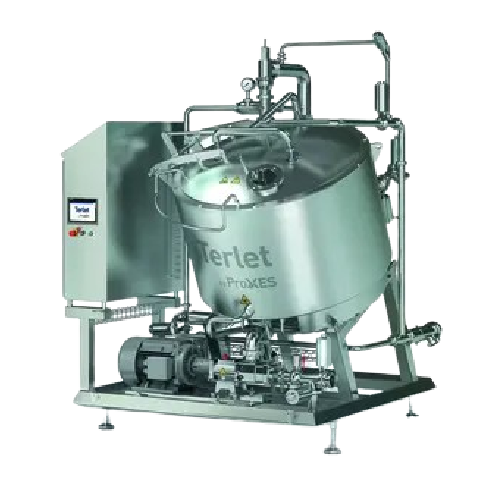
Efficient cooling and cooking systems for food processing
Streamline your production with integrated cooling and cooking...
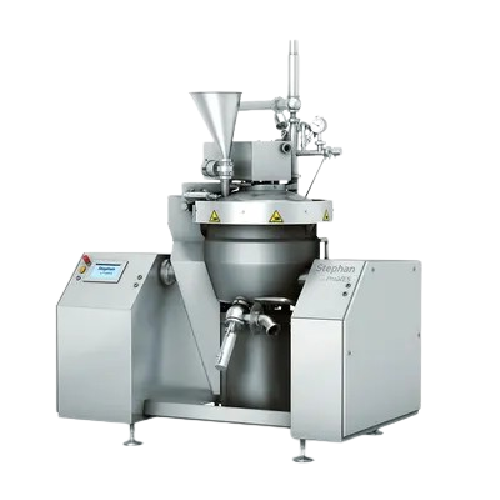
Industrial cutting system for fine emulsions
Optimize your production line with precision cutting and emulsifying, ensurin...
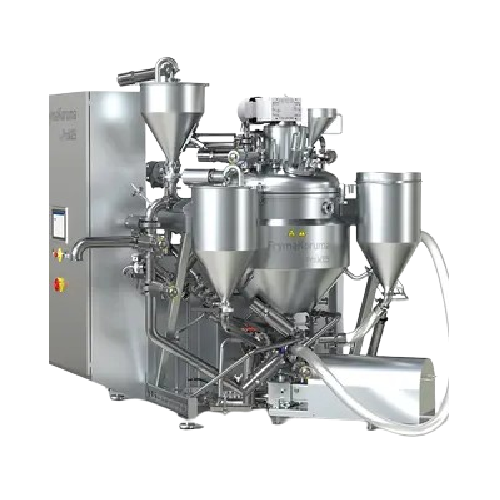
Vacuum deaeration system for mustard and liquid detergents
Ensure optimal product quality by effectively removing air fr...
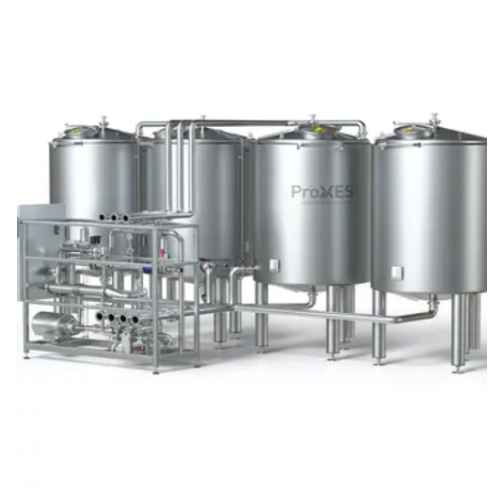
Cleaning systems for food, pharmaceuticals, and cosmetics
Ensure optimal hygiene and safety with advanced cleaning syste...
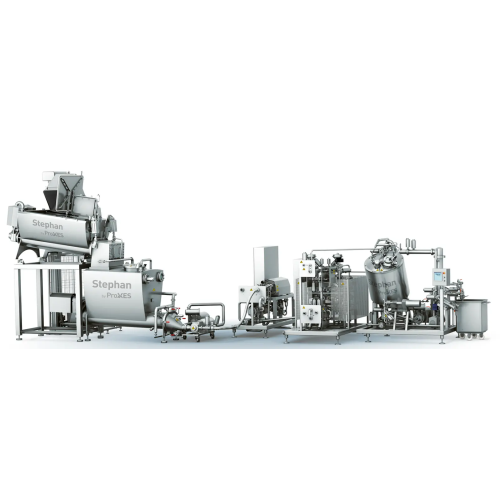
Continuous caramel process line
Optimize your continuous food processing with an engineered-to-order line tailored for preci...
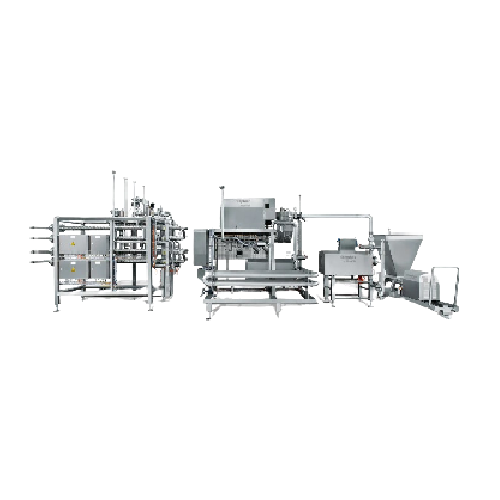
Continuous cheese line
Achieve precise temperature control and seamless product transitions with this equipment, ideal for en...
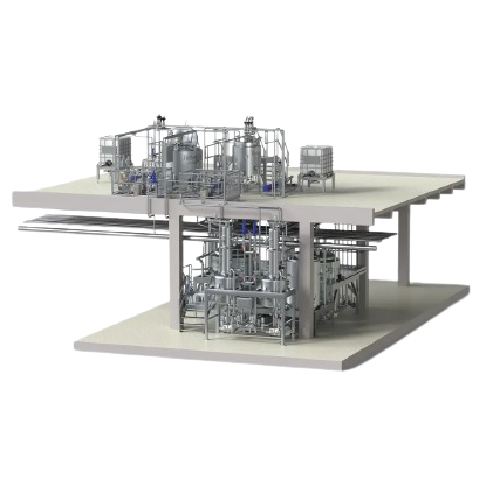
Continuous mustard line
Streamline mustard production with high-capacity continuous processing that reduces air pockets and e...
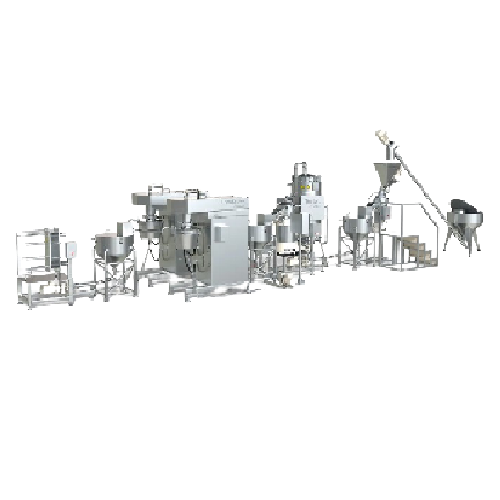
Continuous tahina production line
Streamline your tahina production with precise grinding and controlled cooling, ensuring ...
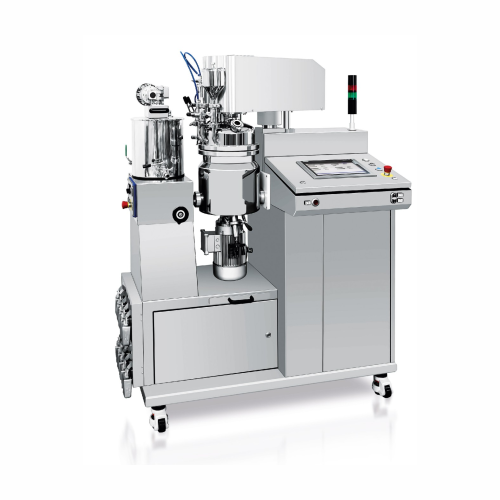
Vacuum turboemulsifier for small-scale production
Optimize your product development with versatile vacuum turboemulsifier...
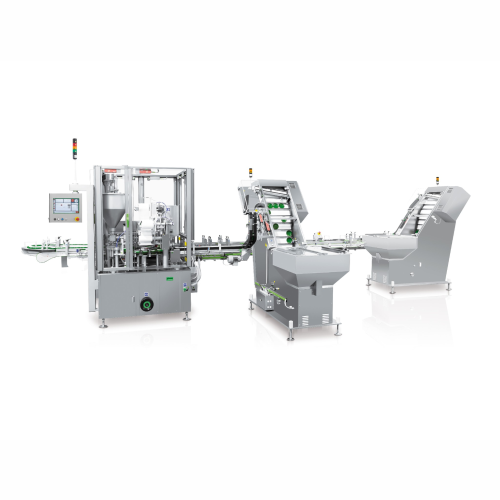
Automatic rotary jar filling and capping system
Optimize your personal care product line by efficiently filling and cappin...

High shear mixer for viscous powder dissolution
Need consistent, homogeneous blending of high-viscosity liquids and powder...
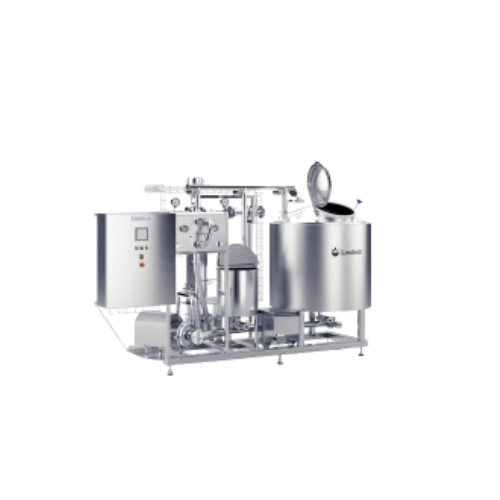
Cip dosing and water unit for industrial cleaning
Elevate your plant’s hygiene with this system, designed for seaml...
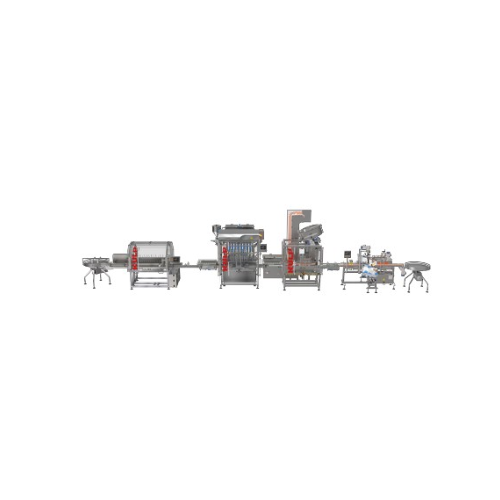
High capacity filling line for jars and bottles
Need to streamline your packaging line? This high-capacity solution proces...

Large container filling line
Optimize your production line with a seamless solution for efficiently filling large containers...
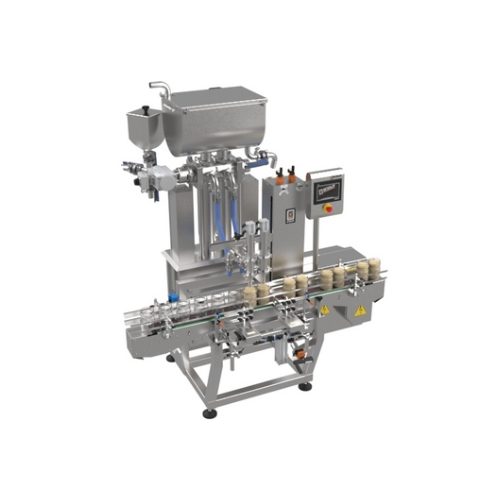
2-head liquid and viscous product filling system
Streamline your filling operations with precision and versatility designe...

Hygienic pipeline product recovery system
Efficiently recover valuable residuals from pipelines while streamlining your cl...
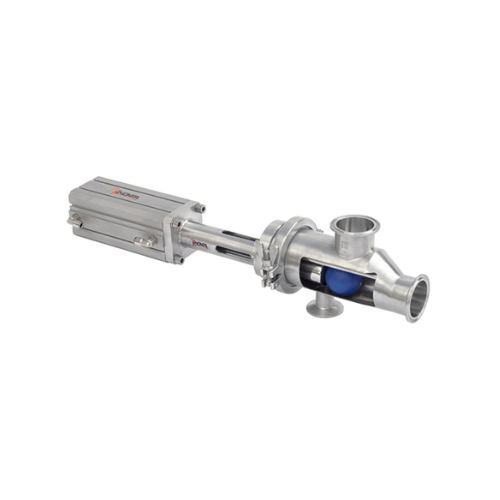
Sanitary pigging system for viscous food products
Efficiently recover high-value viscous products like chocolates and cre...
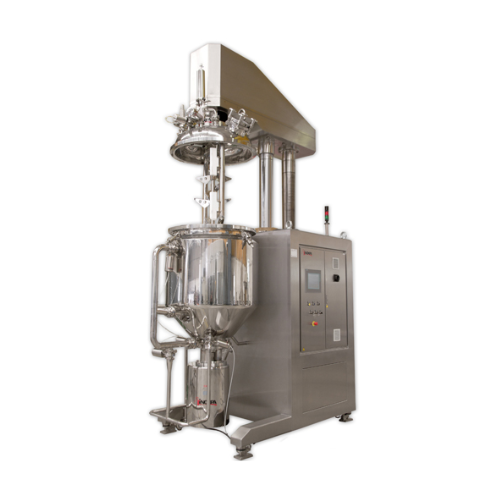
Counter-rotating blender for cosmetic and pharmaceutical mixing
Achieve precise mixing and homogenizing of complex formu...
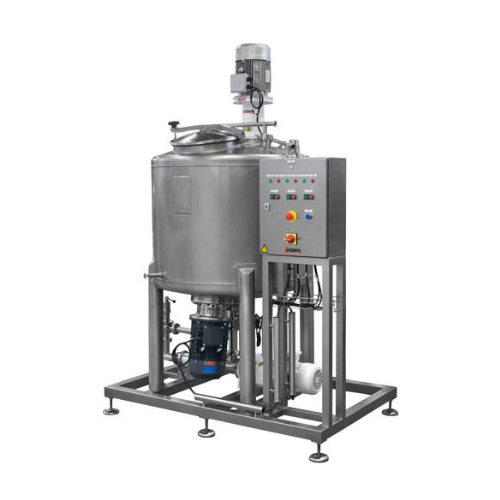
Hydroalcoholic gel mixing system
Ensure seamless production of hydroalcoholic gels with an advanced mixing system designed f...
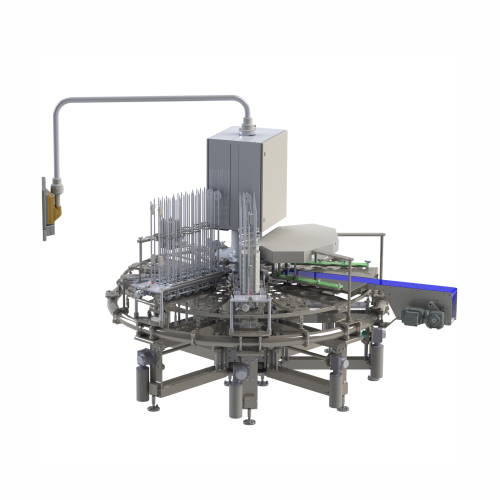
Rotary filling and sealing for liquid to pasty products
Boost production efficiency with a flexible rotary solution that ...
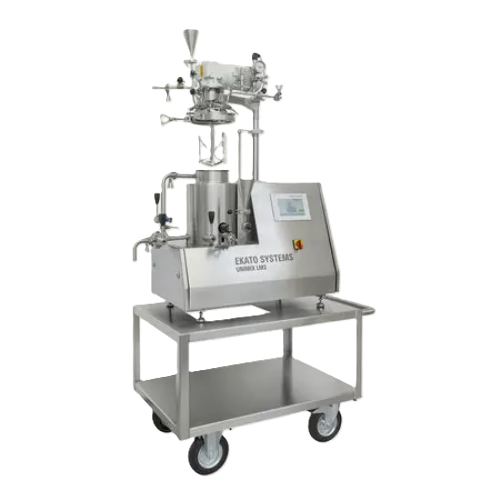
Vacuum processing units for lab scale applications
Optimize the development and scaling of cosmetic and pharmaceutical pr...
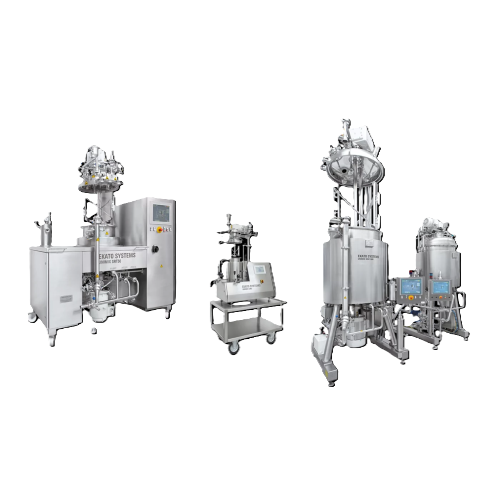
Vacuum processing units for high-viscosity products
For manufacturers seeking to streamline production of high-viscosity ...
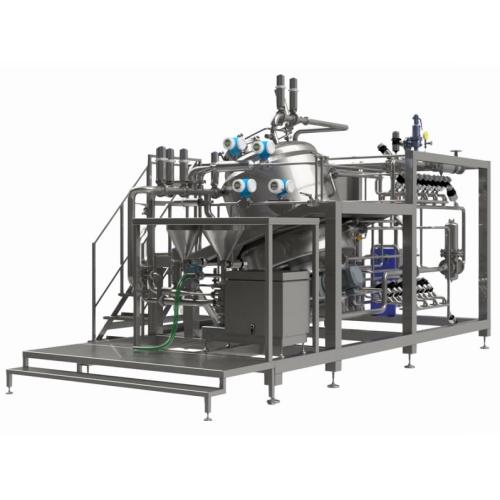
Inline system for personal care product production
Optimize your personal care production with precise mixing, heating, a...
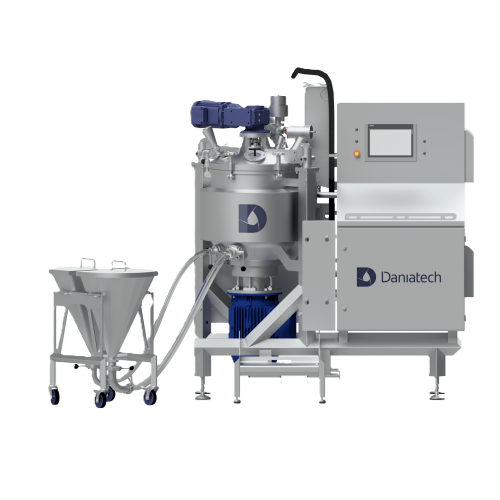
Lab-scale high-shear mixer for recipe development
Optimize your recipe development process with precise mixing, homogeniz...
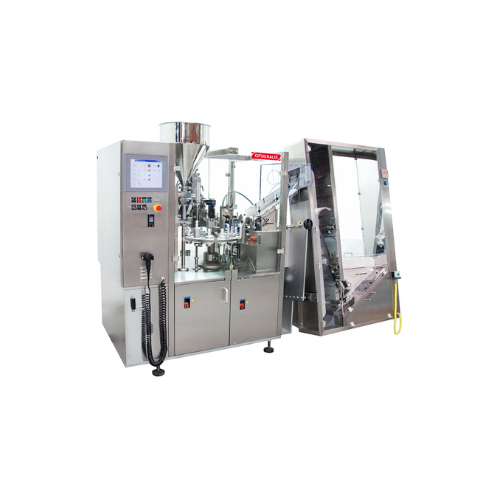
Tube filling solution for health and beauty products
Achieve rapid production with precision in tube filling for personal...
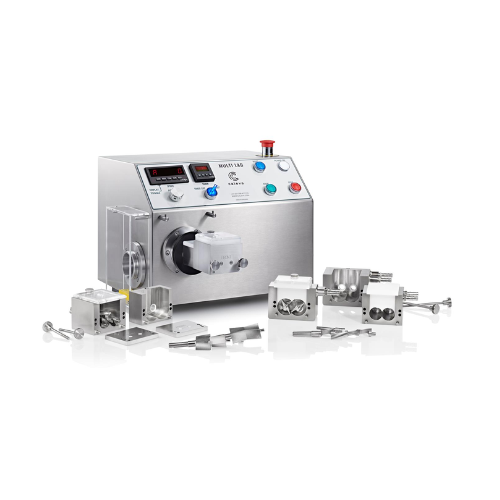
Small batch mixer granulator blender
Effortlessly manage small batch mixing, blending, and granulation with a compact solut...
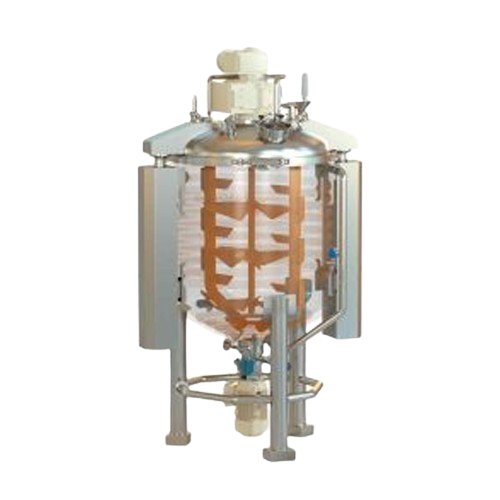
Industrial mixer for liquid and viscous products
Achieve precise mixing and homogenization of high-viscosity liquids and s...
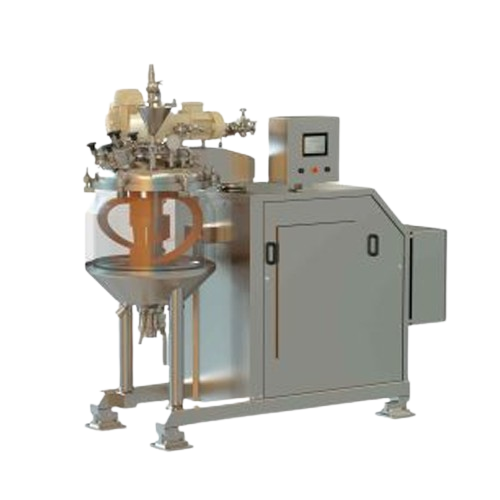
Vacuum mixer for liquids and semi-solids
Achieve precise mixing and homogenization of liquid and semi-solid formulations wi...
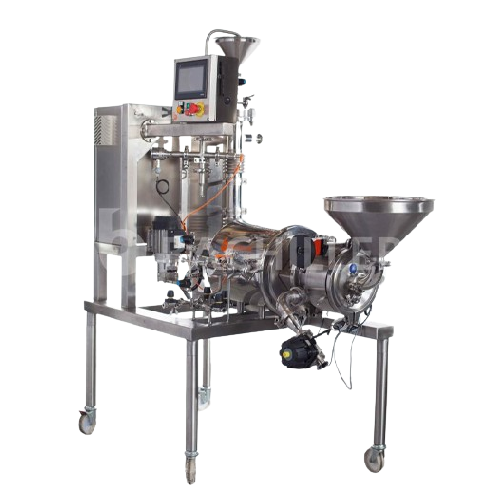
Colloidal mill for fine grinding and homogenisation
Optimize your liquid and semi-solid processing by achieving precise p...
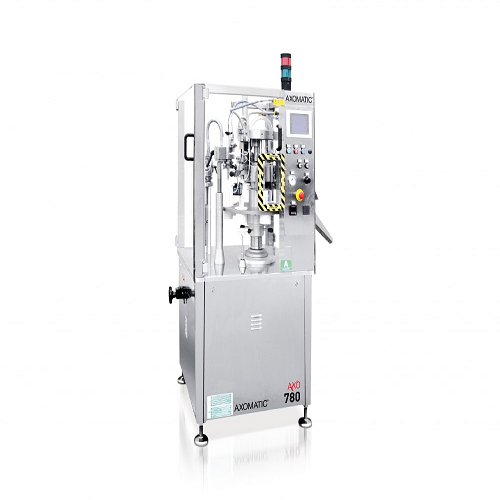
Semi-automatic tube filling and closing system
Achieve precise filling and secure closing for diverse tube types, optimizi...
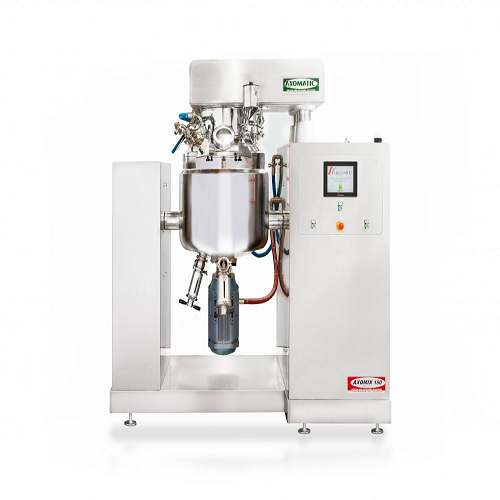
Vacuum homogenizer for high-quality mixing and emulsification
Achieve optimal consistency and enhanced product stability...
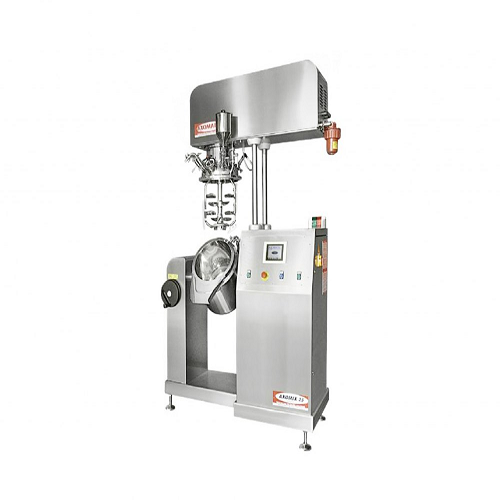
Industrial under vacuum homogenizer
Optimize the consistency and texture of creams and lotions with precision-controlled mi...
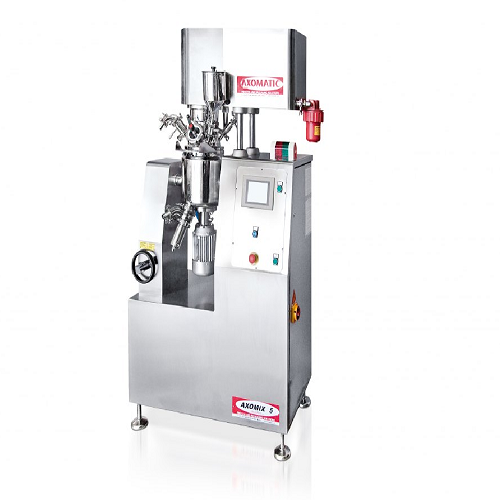
Vacuum homogenizer for creams and ointments
Streamline your production with cutting-edge vacuum homogenization, perfect fo...
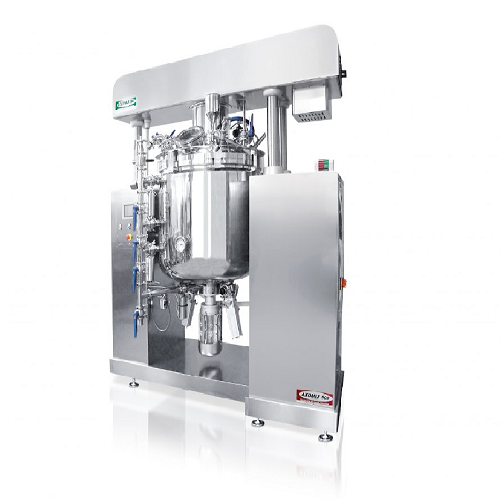
Undervacuum homogenizer for cosmetic and pharmaceutical creams
Optimizing the production of creams and lotions, this und...
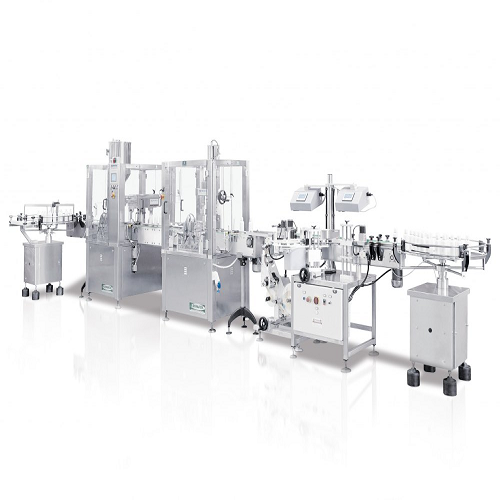
Automatic bottle filling and capping line
Streamline your liquid product packaging with this high-speed solution, integrat...
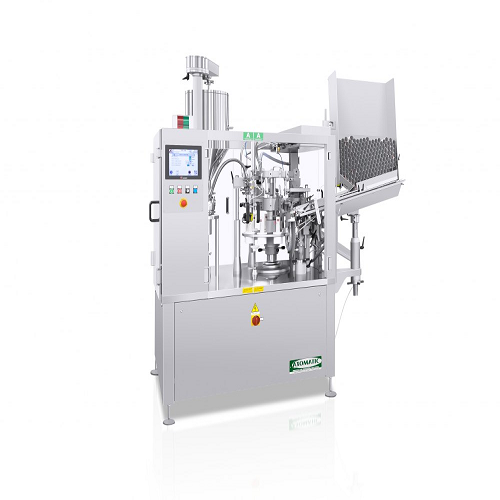
Automatic tube filling and closing solution
Optimize your production line with a high-speed machine for precise tube filli...
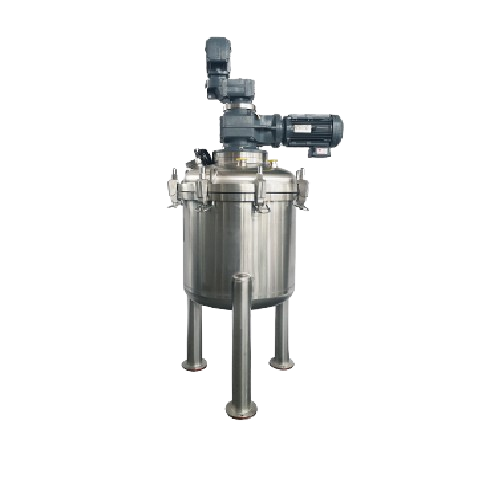
High viscosity product mixer
Struggling with mixing high viscosity products like creams and gels? This co-axial mixer enhanc...
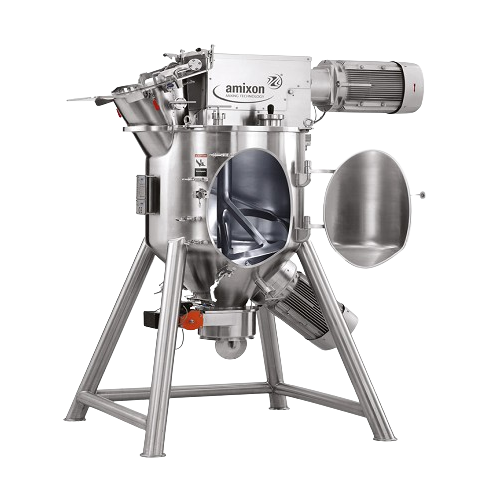
Conical mixer for dry, moist, and viscous materials
Achieve optimal mixing consistency and precision for diverse material...
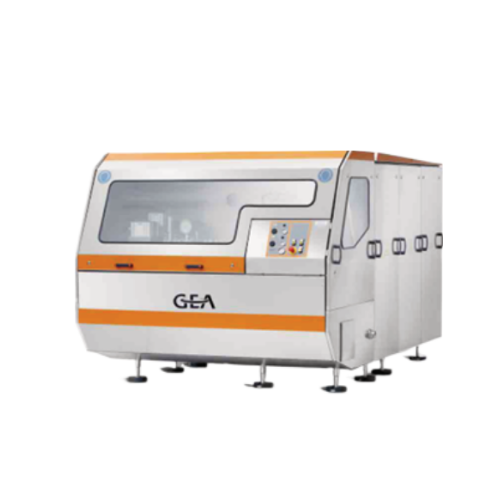
Industrial homogenizer for dairy, beverage, and pharmaceutical applications
Enhance your production efficiency with a ...

Compact plate evaporator for temperature-sensitive products
Ensure optimal heat transfer and minimal space usage with th...

Feed-type ring dryer for industrial drying processes
Optimize your production with a versatile drying solution designed f...
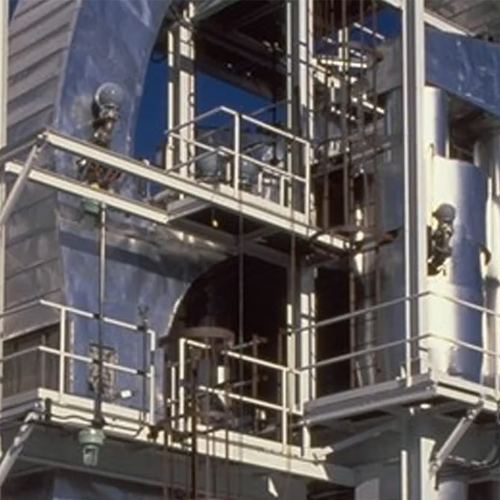
P-type ring dryer for thermally sensitive products
Optimize moisture control and prevent thermal degradation in your prod...
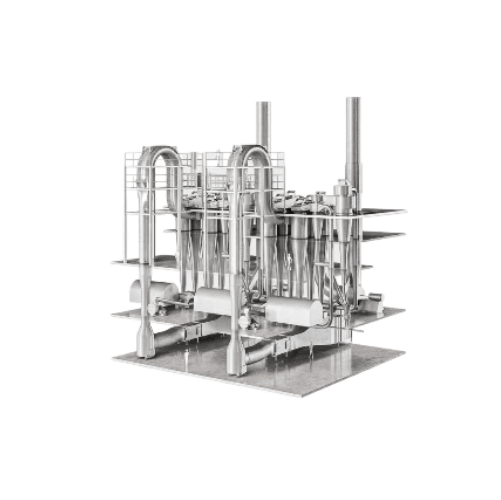
Flash dryer for industrial moisture removal
Optimize your production with rapid moisture removal, efficiently transforming...
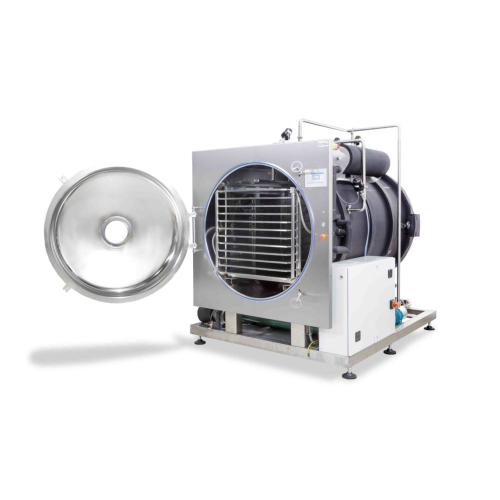
Single-chamber freeze dryer for liquid products
When precision drying of sensitive liquids is crucial, this single-chamber...
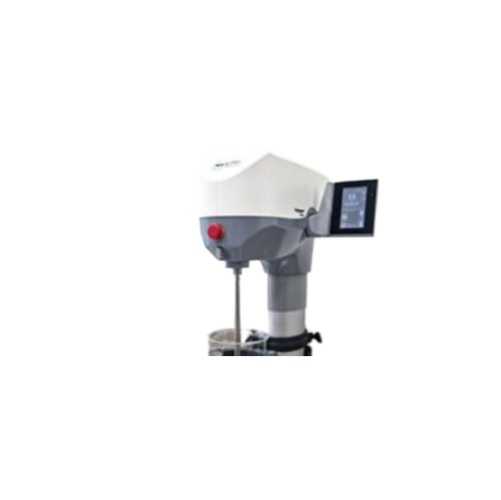
Vacuum homogenizers for cosmeto-pharma and fine chemistry
Bring precision and efficiency to your formulation processes w...
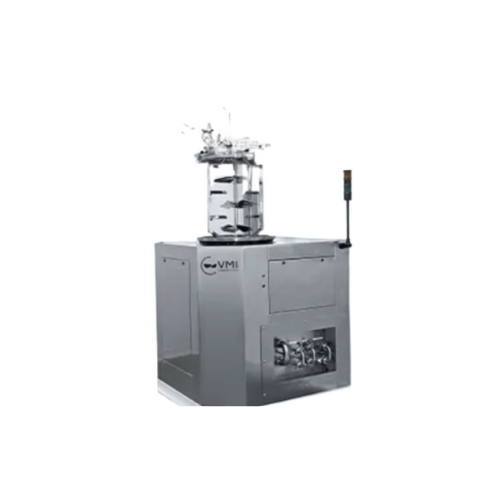
Vacuum homogenizer for cosmetics and pharmaceuticals
Optimize your production with precision mixing and homogenizing, ess...
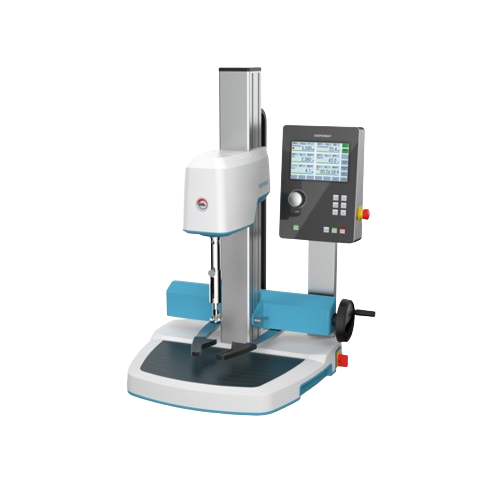
Laboratory dissolver for multiple applications
Efficiently streamline your laboratory processes with this versatile dissol...
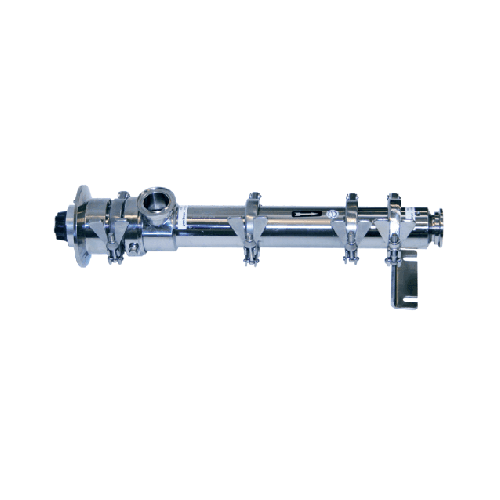
Dosing and filling pump for hygienic applications
Optimize your production line with this dosing and filling pump, design...
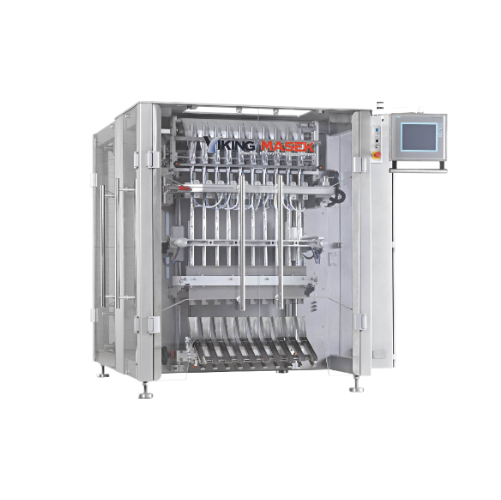
High-capacity stick pack packaging solution
Enhance your production efficiency by packaging diverse products like powders ...
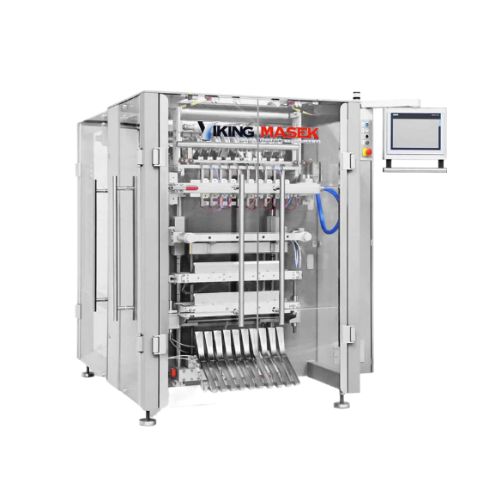
Stick pack packaging for powders and liquids
Streamline your packing process with high-speed, servo-driven stick pack mach...

Automatic tube filler for multi-color coextruded products
Achieve precise dual- or tri-color product designs with except...
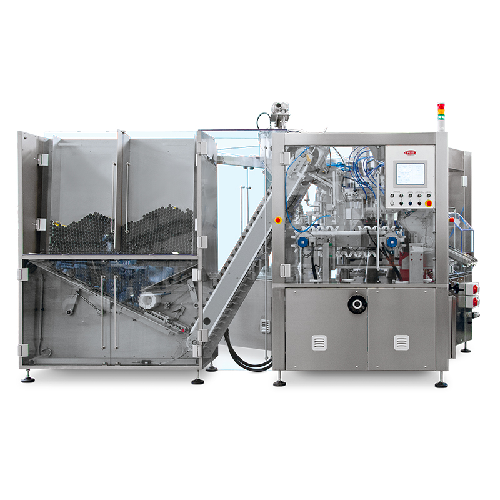
Automatic tube filling solution for high-volume production
Effortlessly streamline your production with this high-speed ...
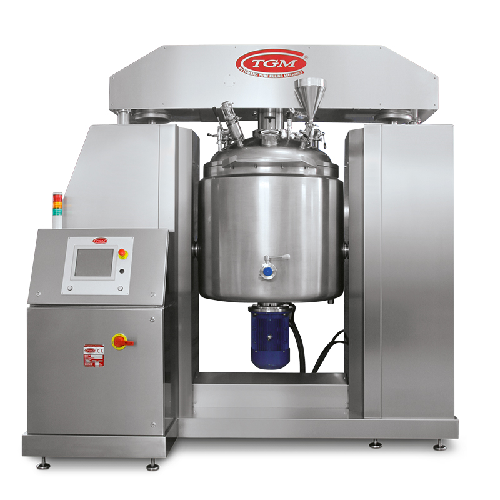
Turbo emulsifier for creams, gels, toothpastes
Achieve perfect emulsification and homogenization for your creams, gels, an...
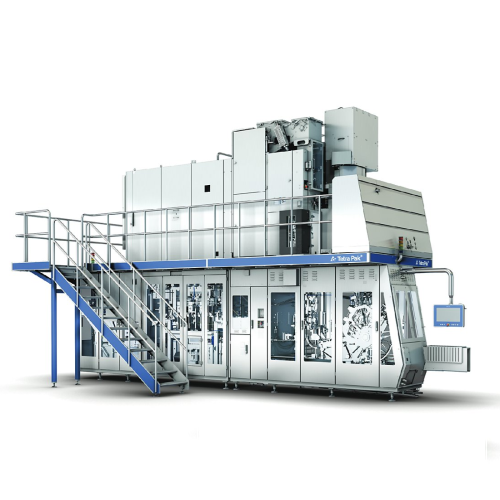
Versatile filling system for aseptic packaging
Achieve seamless integration in high-speed aseptic packaging with this flex...
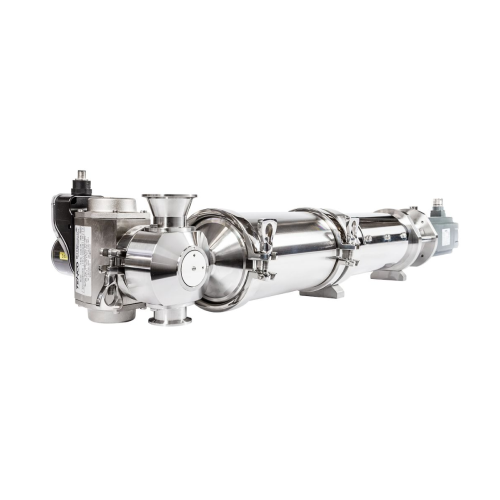
Volumetric piston fillers for liquid and dense products
Perfect for diverse packaging needs, these volumetric piston fill...
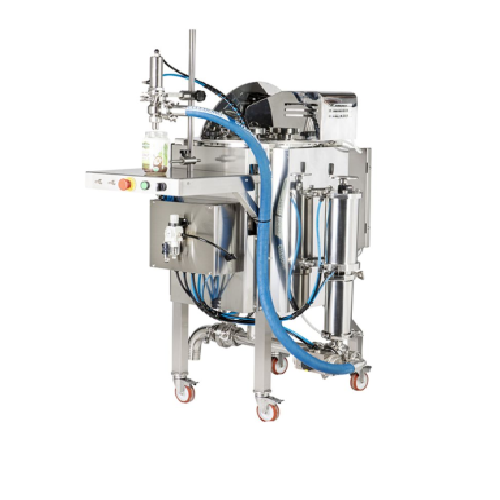
Feed hopper for volumetric feeders
Optimize product consistency while handling a variety of viscosities with this feed hopp...
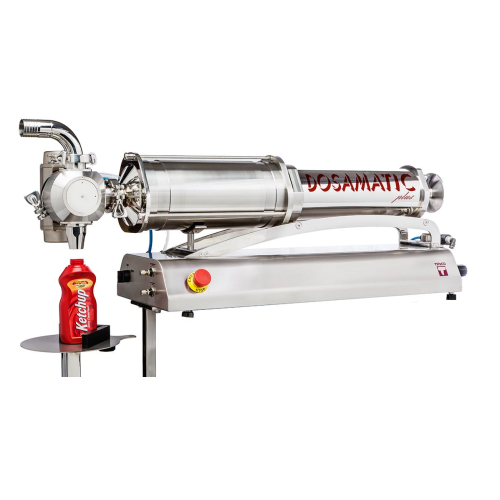
Accurate volumetric filler for liquid and semi-dense products
Achieve precise dosing and filling of various liquid and s...
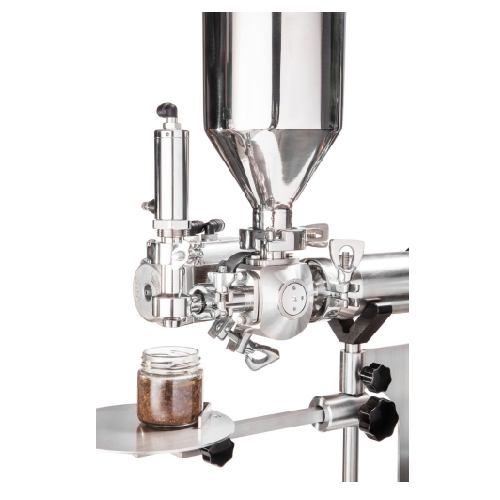
Bench-top piston filler for liquid and semi-dense products
Optimize your filling precision with a versatile piston fille...
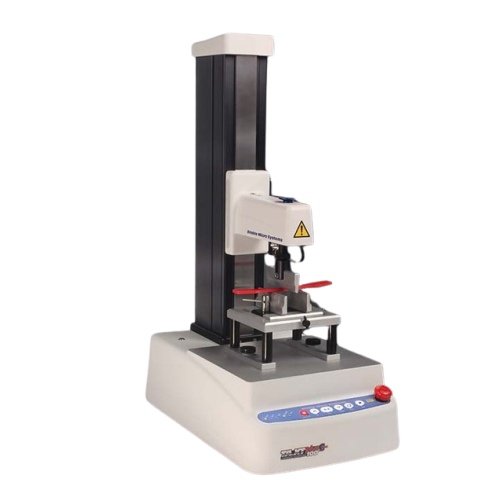
High-force texture analyser for precise measurement
Achieve unparalleled precision in texture analysis for high-force app...
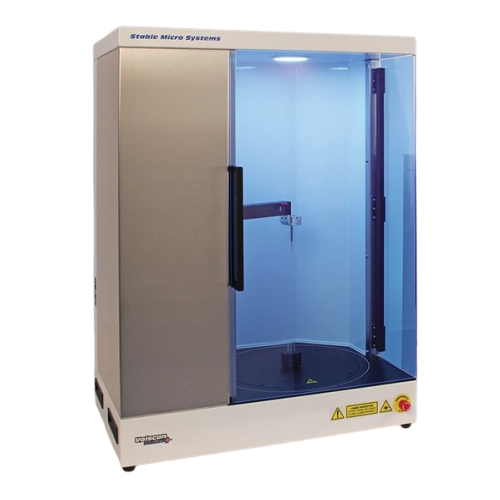
Laser-based volume measurement for bakery and solid products
For precision in product quality control, this laser-based ...
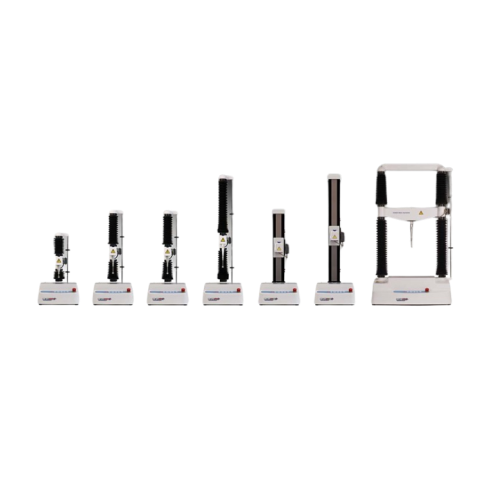
Portable texture analysis for low force applications
Easily perform precision texture measurements on low-force applicati...
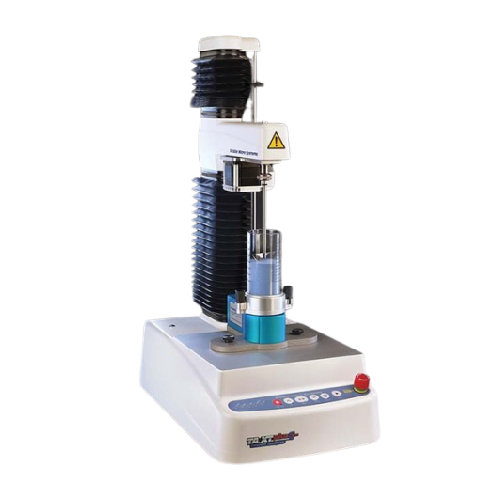
Powder flow measurement system
Achieve precise control over powder consistency and prevent process disruptions by assessing ...
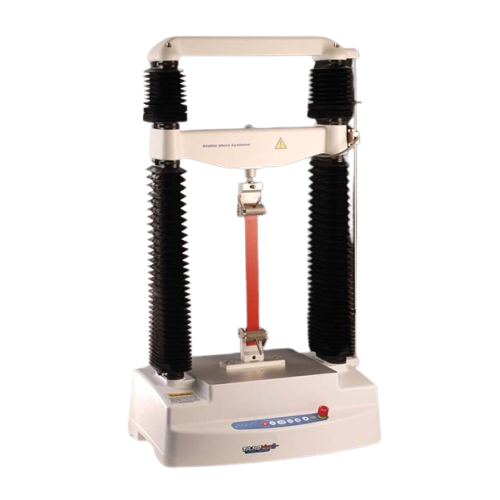
Texture analyzer for high force applications
Achieve precise texture measurement across a vast array of products with a so...
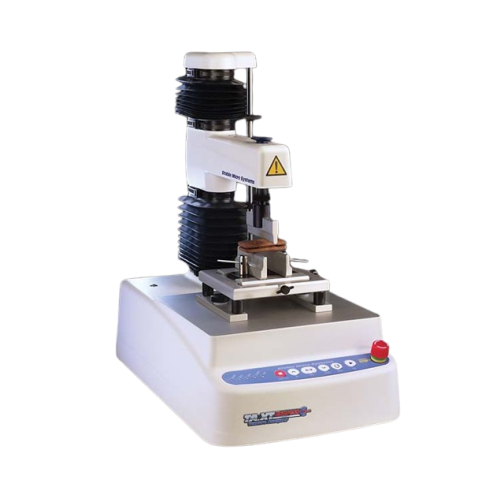
Entry-level texture analysis system for Qc applications
Perfect for quality control labs, this portable system streamline...
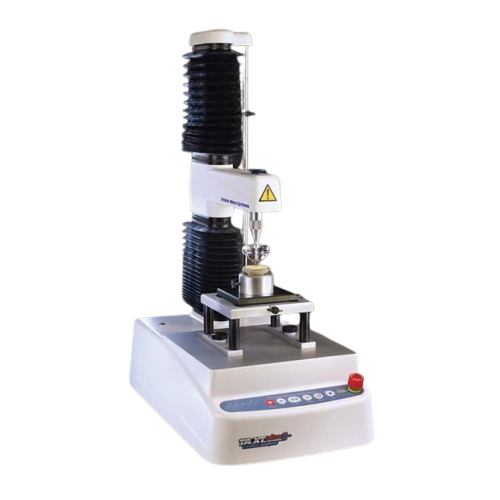
Texture analyser for food and cosmetics testing
Ensuring consistent product quality across diverse food and cosmetic appli...
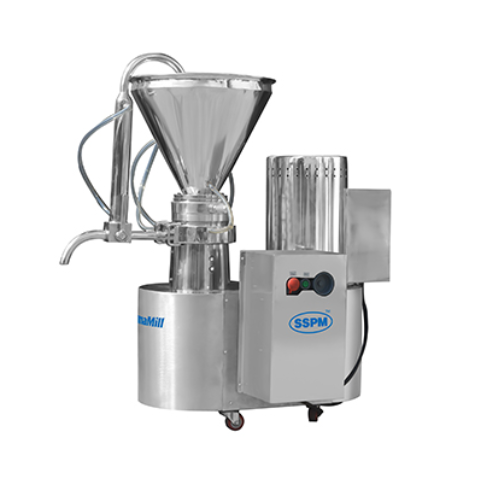
Colloid mill for particle size reduction and emulsification
Achieve precise particle size reduction and stable emulsions...
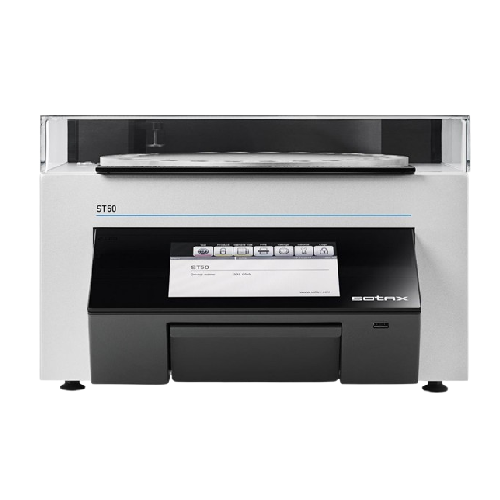
Semi-automatic tablet hardness tester
Optimize your tablet production with precise and reliable testing of hardness, dimens...
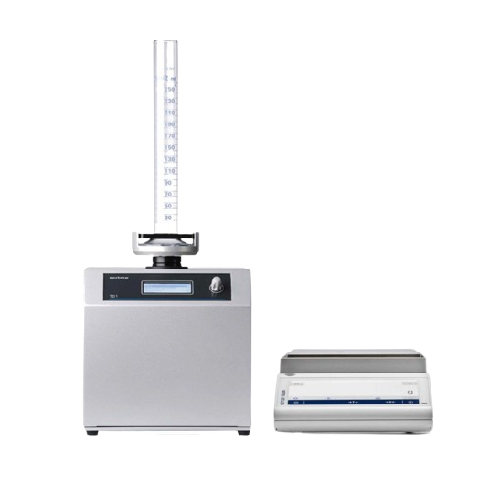
Tapped density tester for pharmaceutical powders
Ensure precise quality control in pharmaceuticals by accurately measuring...
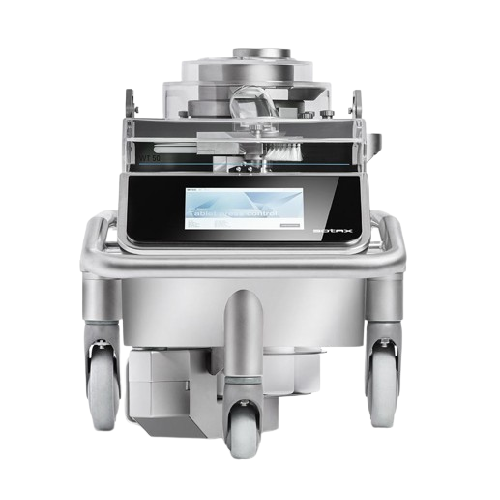
Automated weighing system for tablets
Ensure precision in pharmaceutical manufacturing by seamlessly integrating advanced w...
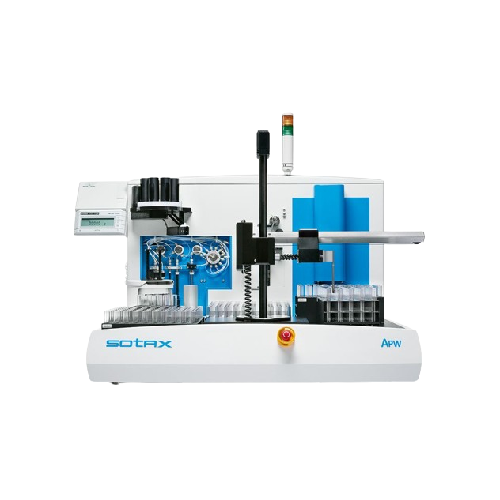
Automated sample preparation workstation for lab efficiency
Streamline laboratory operations by automating sample prepar...
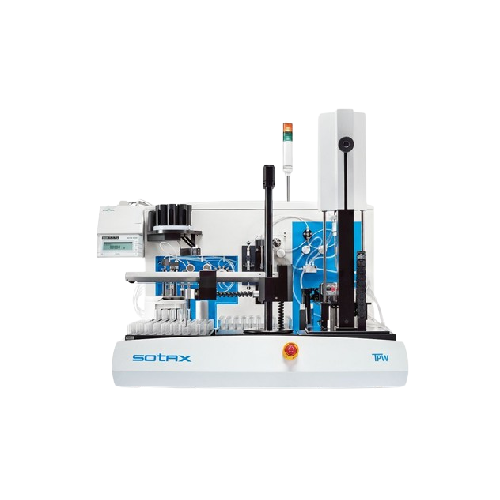
Automated sample preparation workstation for content uniformity testing
Streamline your laboratory workflows with autom...
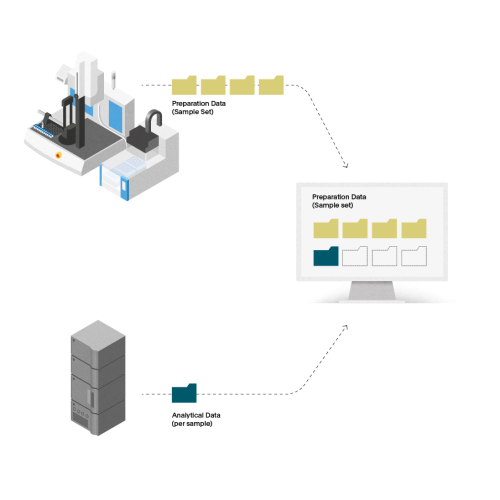
Automated sample preparation software for pharmaceutical testing
Streamline your laboratory’s sample preparation w...
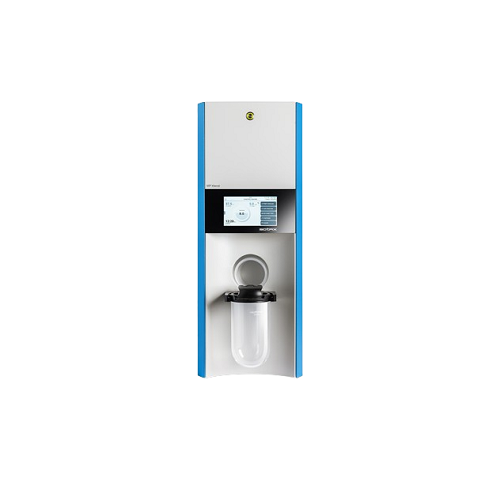
Dissolution medium preparation system
Streamline your laboratory workflows with a system that prepares and manages dissolut...
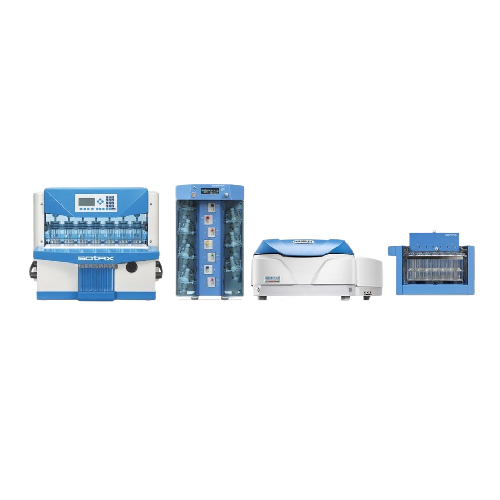
Automated flow-through cell dissolution testing system
Enhance precision in dissolution testing with real-time UV-Vis ana...
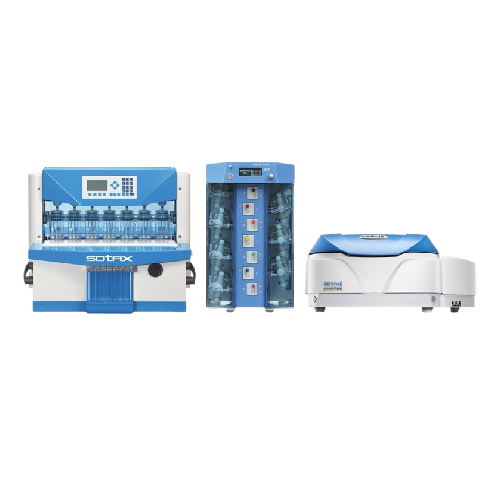
Flow-through cell dissolution testing with Uv analysis
Effortlessly monitor real-time dissolution with flow-through cell ...
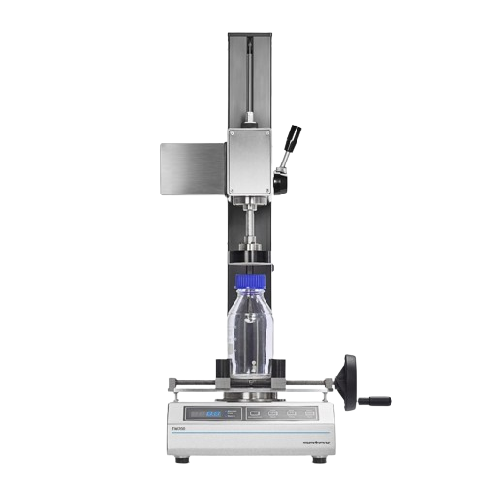
Motorized cap torque tester for bottle closures
Ensure precise seal integrity and compliance with bottle cap torque measur...
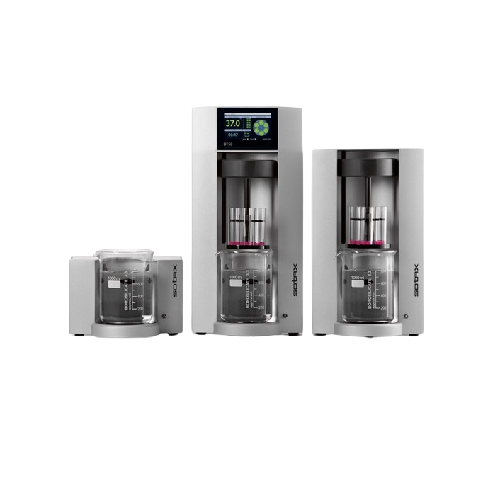
Bathless disintegration apparatus for tablet and capsule testing
Achieve rapid and precise disintegration testing of tab...
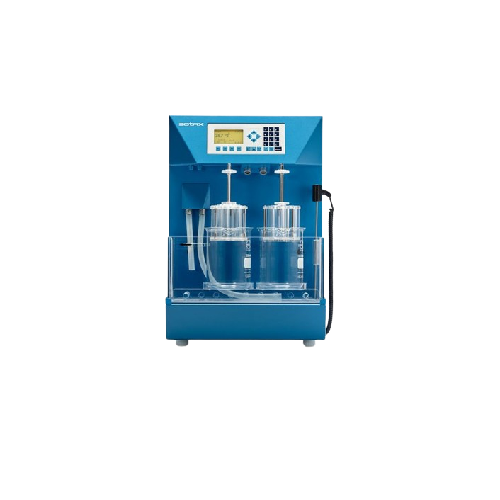
Manual tablet disintegration tester
Ensure precise and reliable disintegration testing of pharmaceutical tablets, capsules,...
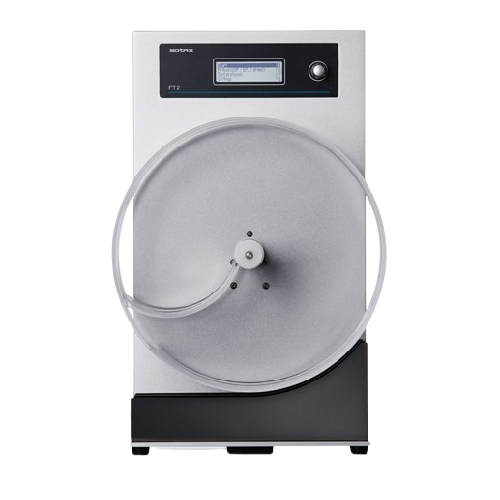
Tablet friability tester
Ensure your tablets meet rigorous quality standards by accurately measuring friability and abrasion,...
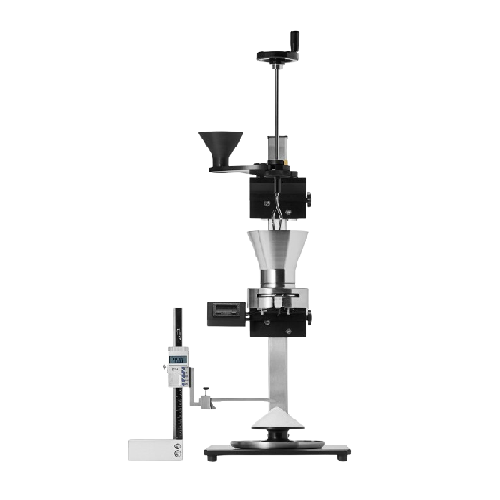
Powder flow tester for pharmaceutical powder flowability
Quickly assess powder flow characteristics to ensure consistent ...
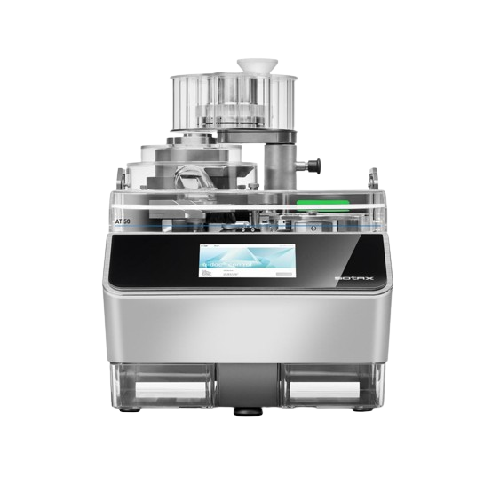
Multi-parameter tablet hardness tester for laboratories
Optimize your tablet production line with a versatile tester that...
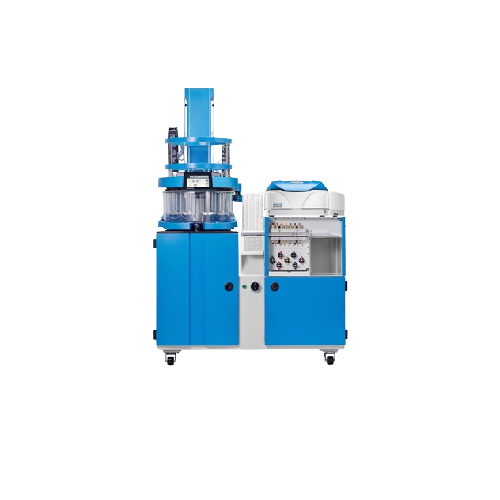
Advanced dissolution tester for pharmaceutical laboratories
Achieve consistent and reproducible dissolution results with...
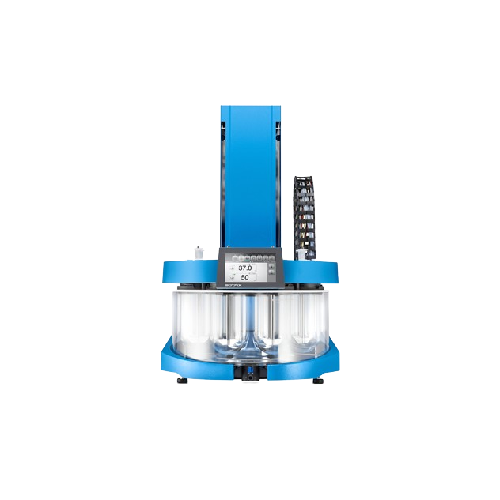
Manual dissolution tester for pharmaceutical applications
Achieve precise and repeatable sampling in pharmaceutical test...

Automated dissolution testing with direct Hplc injection
Streamline your lab operations with precise and efficient direct...
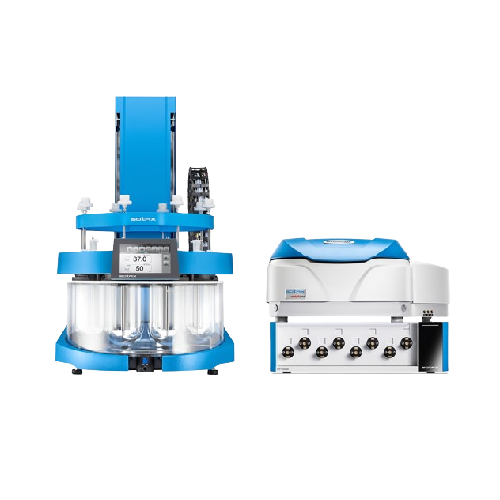
Integrated Uv-vis spectrophotometer for dissolution testing
Streamline your dissolution testing with real-time UV-Vis an...
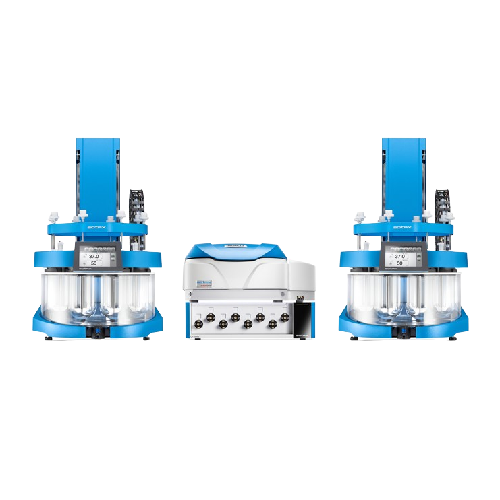
Real-time Uv-vis analysis for dissolution testing
Efficiently perform dual dissolution tests simultaneously, seamlessly i...
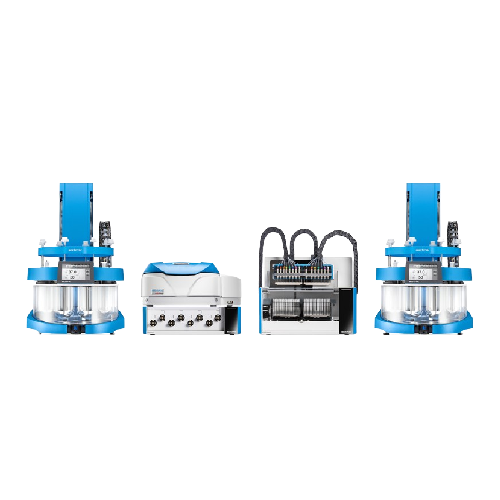
Automated dissolution testing system for 16 vessels
Maximize your laboratory throughput by conducting parallel dissolutio...
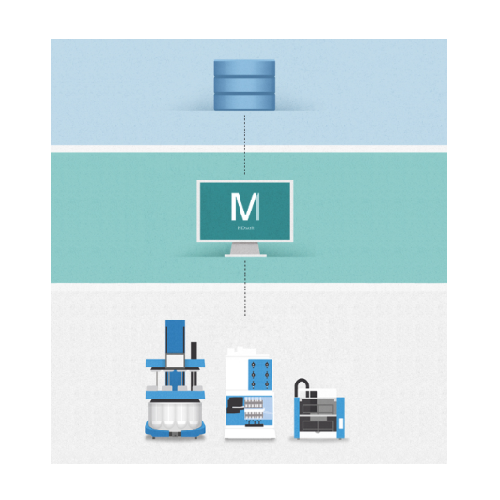
Dissolution testing software for automated analysis
Streamline your laboratory testing with seamless data capture and in-...
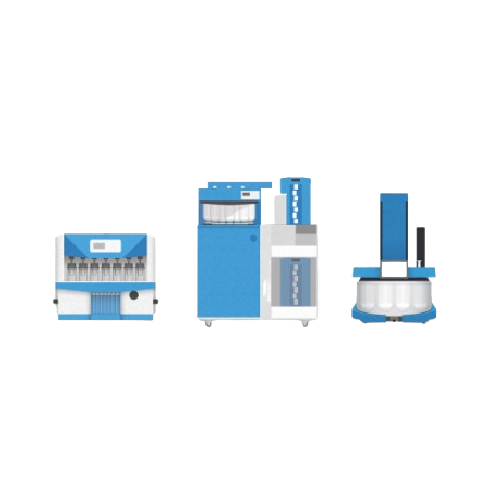
Dissolution testing software for pharmaceutical industry
Optimize dissolution testing with advanced software that manages...
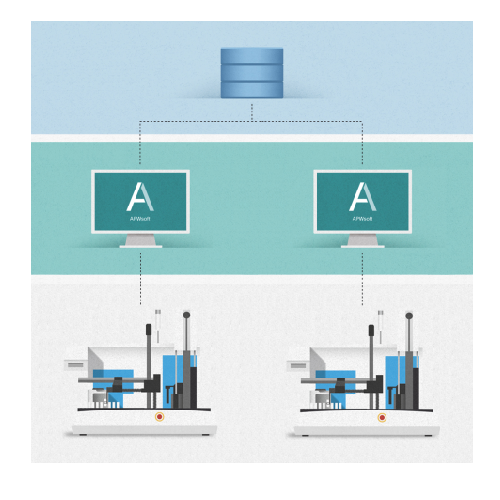
Automated sample preparation software
Enhance your laboratory’s efficiency with a software solution that automates sa...
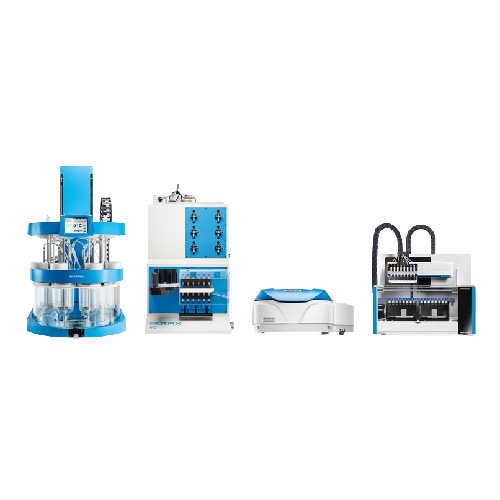
Benchtop dissolution tester for multiple test runs
Streamline your laboratory’s workflow with a fully automated ben...
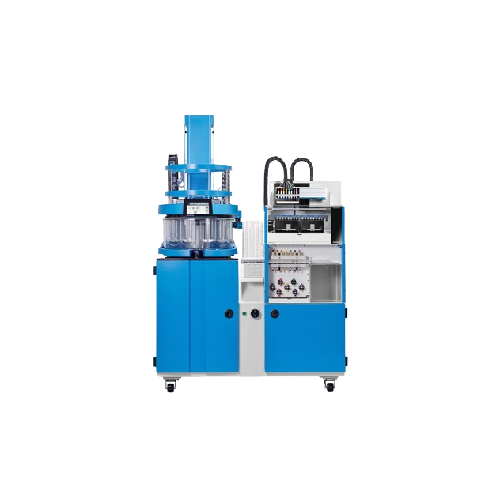
Self-cleaning dissolution tester for automated series testing
Achieve unparalleled precision in dissolution testing with...
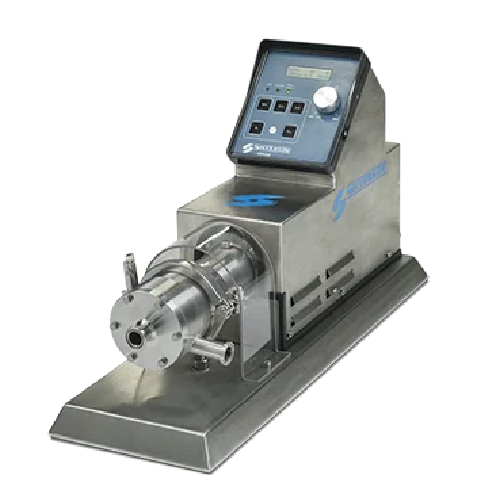
Laboratory in-line mixer for precise mixing and reproducibility
Achieve precise laboratory-scale mixing with rapid proce...
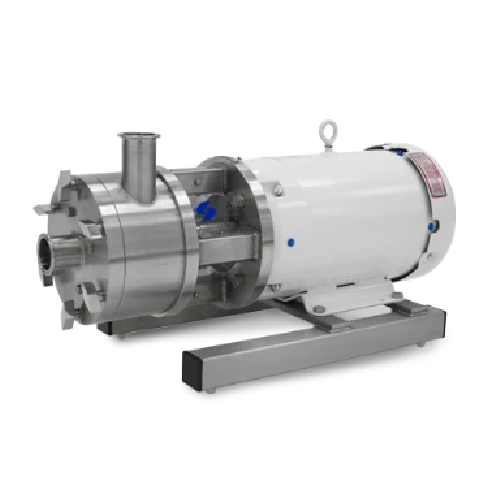
In-line ultra sanitary mixer for pharmaceutical and food applications
Enhance your liquid formulations with precision m...
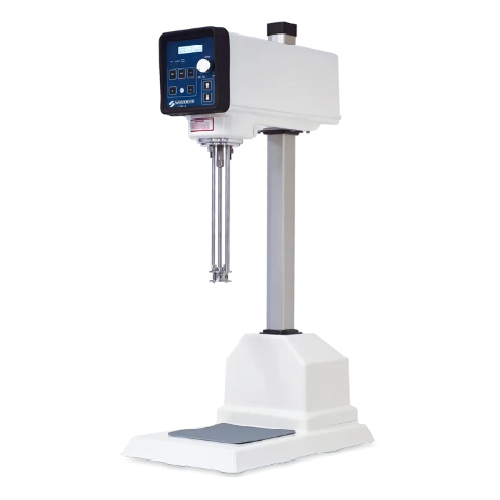
High shear lab mixer for laboratory work and r&d
Achieve unparalleled precision and consistency in laboratory and pilot-sc...
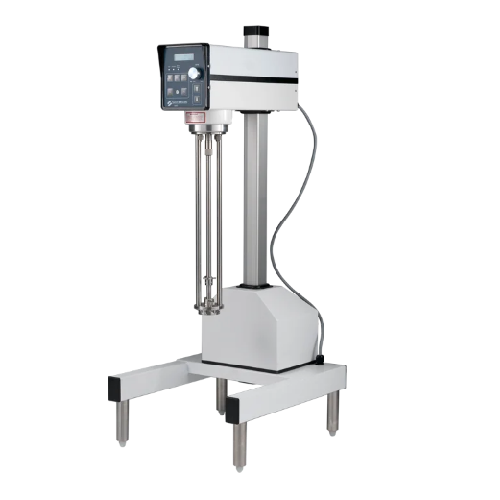
Pilot scale batch mixer for small scale production
Achieve precise control and consistency in small-scale production with...
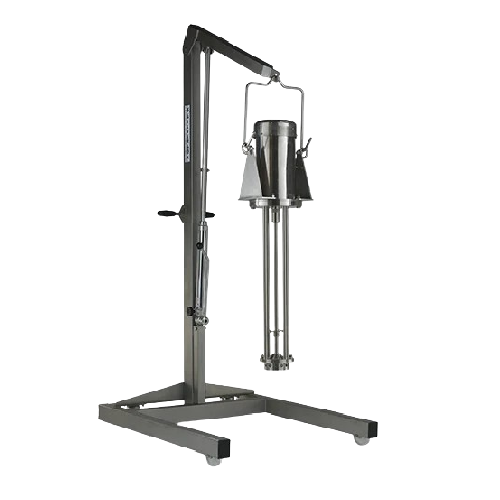
High shear batch mixer for industrial mixing
Optimize your production cycle with this high shear batch mixer, designed to ...
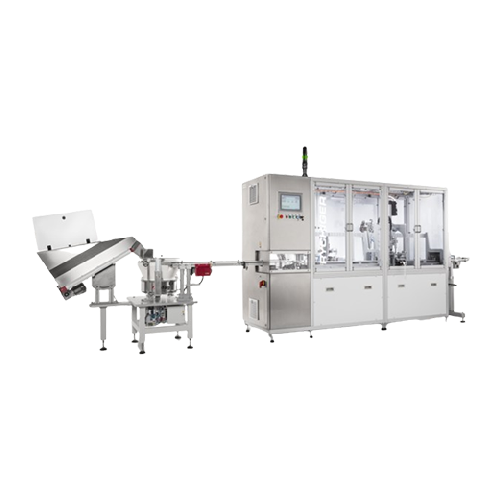
Filling and sealing multi-well cassettes for molecular diagnostics
Streamline your small to medium-scale diagnostic pro...
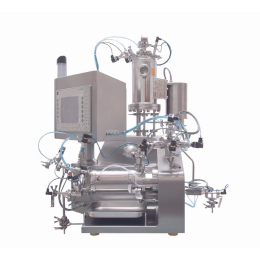
Agitator bead mill for API
To achieve precisely defined API properties and safe and reproducible production, rigorous implem...
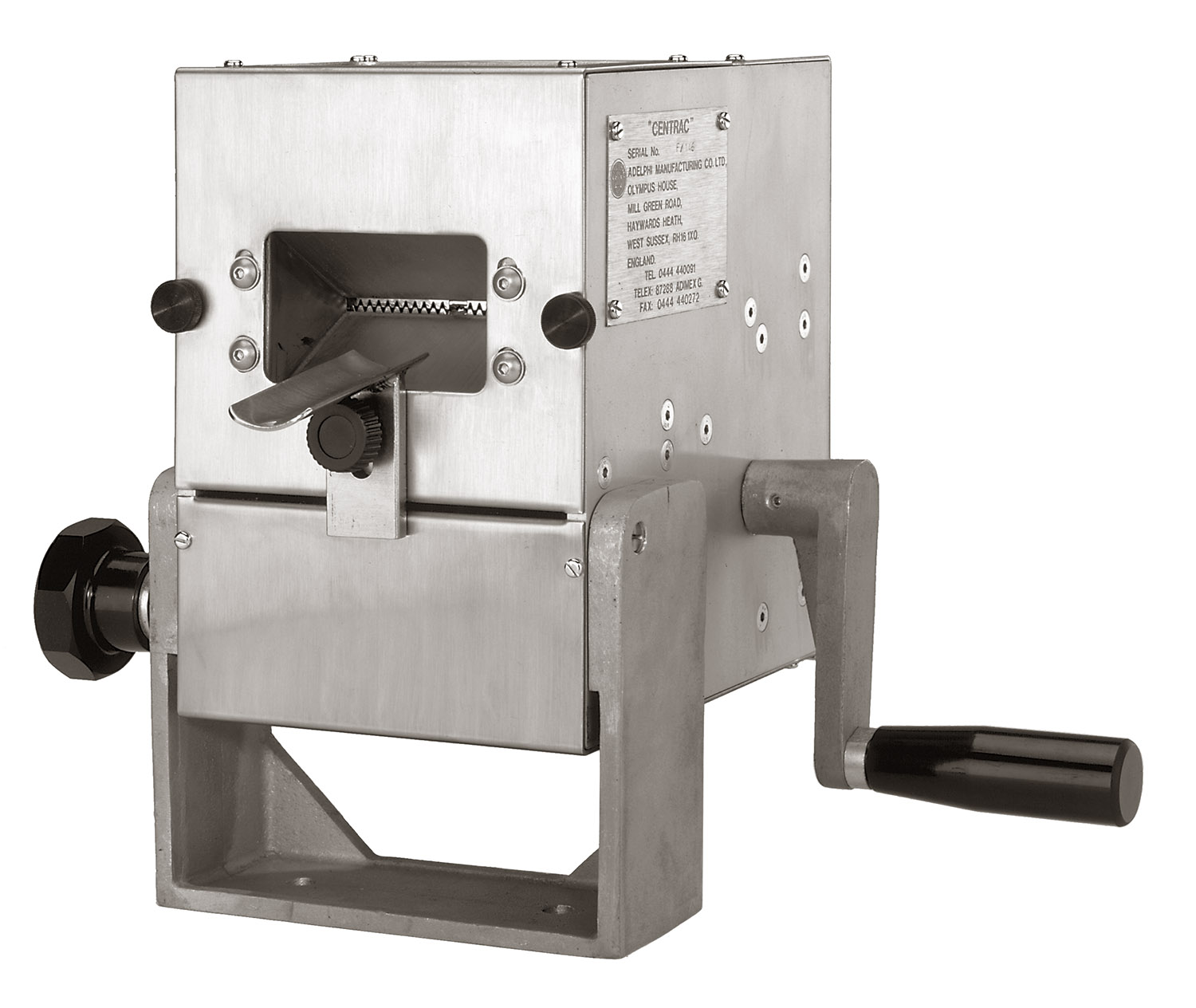
Manual metal tube sealing equipment
For small-batch productions where you utilize metal tubes as containers for your produc...
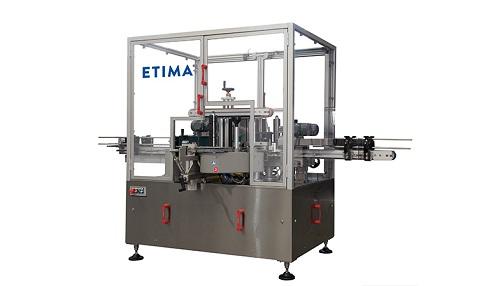
Self-adhesive linear labeling machine for bottles
It is vital to have precise and long-lasting labels on bottles to avoid...

Cosmetic cream filler
From thin liquid baby oils and perfumes to thicker lotions and creams for hair and skincare, cosmetic p...

Vacuum mixer for suspensions
The production of high quality pharmaceuticals often requires mixing of suspensions and similar...
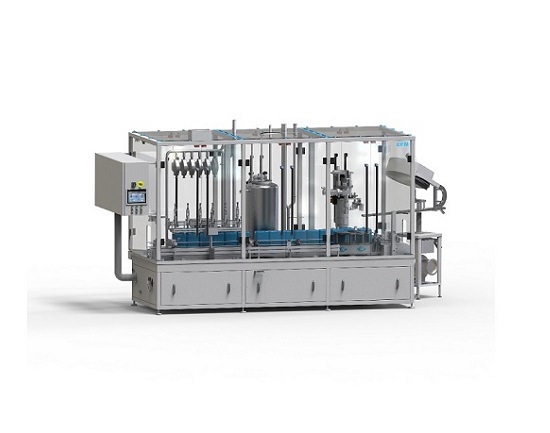
In-line monoblock linear filler & capper
In many food, chemicals and cosmetic industry processes it is vital to have a...
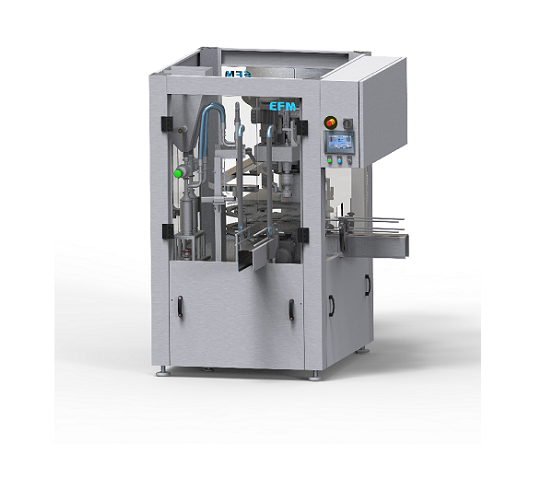
Compact monoblock filler
Filling and capping bottles and pots for food, chemical and cosmetics industries using separate mach...
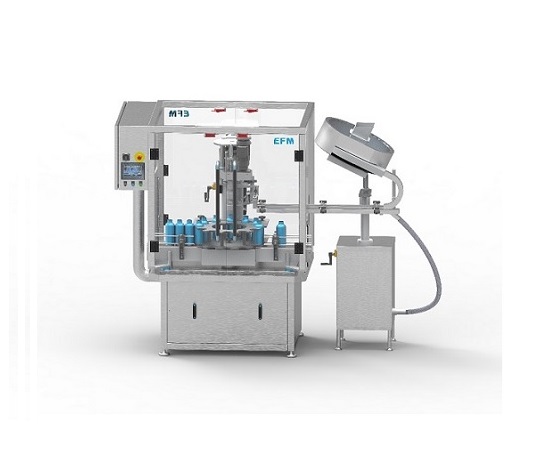
Single head capper
For the stand-alone capping of bottles of up to 30 litre capacity for smaller-scale production you need a ...
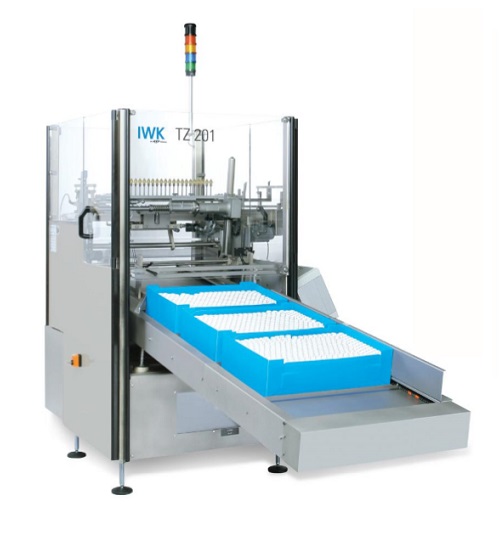
Tube unloader and feeder
The pharmaceutical and cosmetic industries utilise high speed tube fillers on large-scale production...
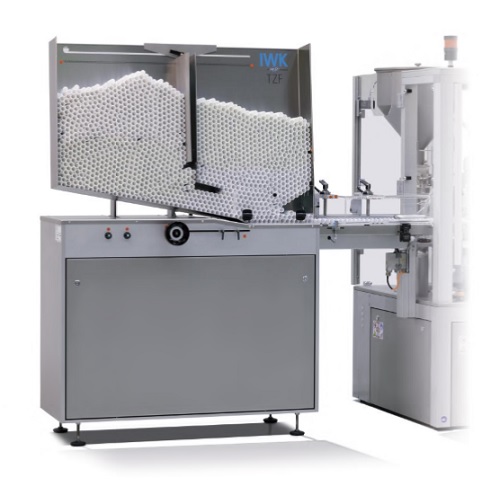
Tube feeding unit for high volume and high speed tube filler
High performance tube-filling machines are used for large s...
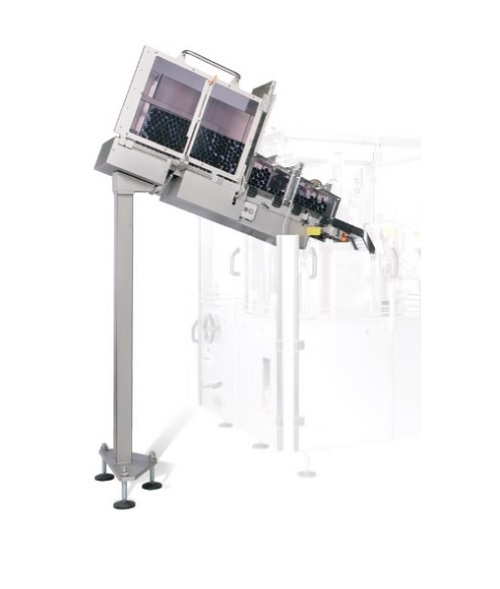
Loading cassette for a tube filler
High performance tube-filling machines are used in the pharmaceutical and cosmetic indus...
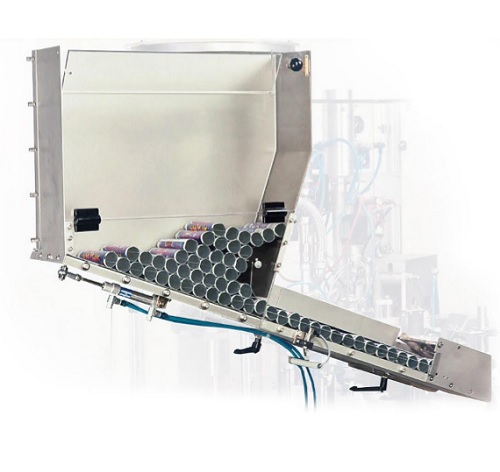
Tube feeder for a small scale production tube filler
Low speed tube-filling machines are used for small scale production ...
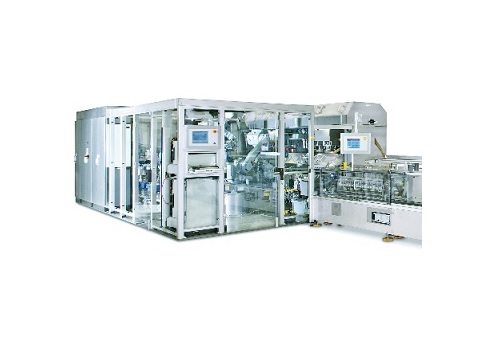
High speed automatic tube filler
For high-volume lines filling pharmaceutical, cosmetic or food products into tube container...
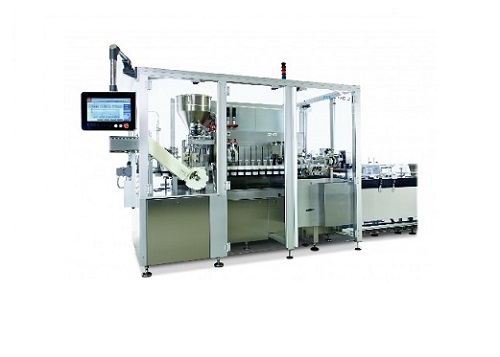
Medium speed tube filler and sealer
For scale-up filling of tube packaging for pharmaceuticals, cosmetics and food products...
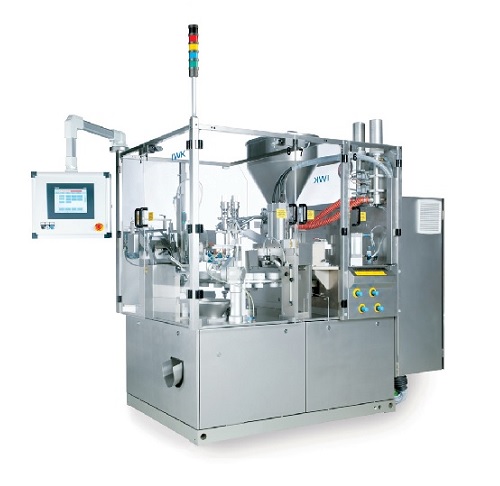
Medium and high speed range automatic tube filler
When scaling up production of pharmaceutical, food or cosmetic products...
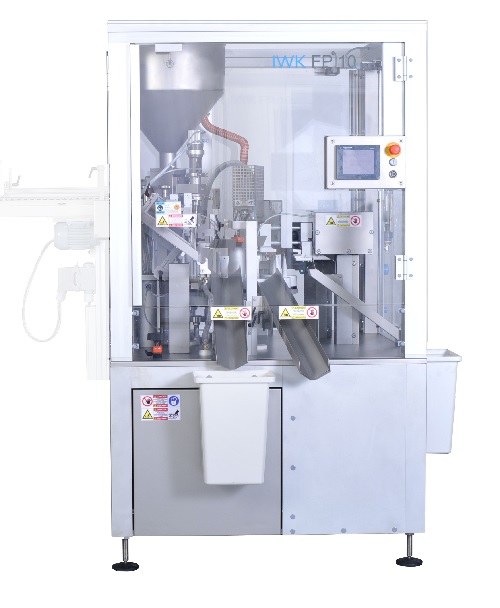
Low speed tube filler
Increasing numbers of products in the pharmaceutical, cosmetic and food industries are delivered in fle...
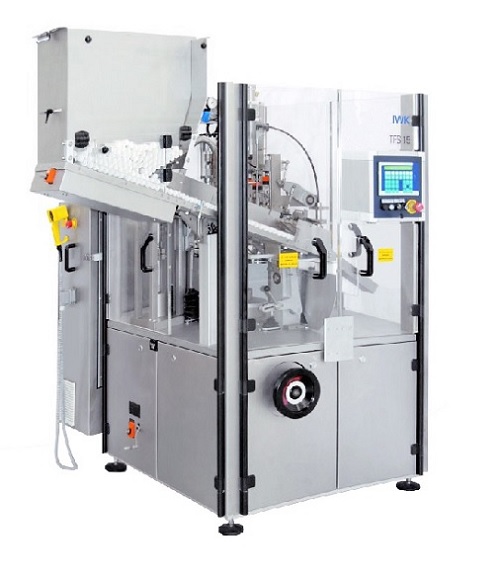
A two-component filling application tube filler
A wide variety of pharmaceutical, cosmetic and food products require tube-...
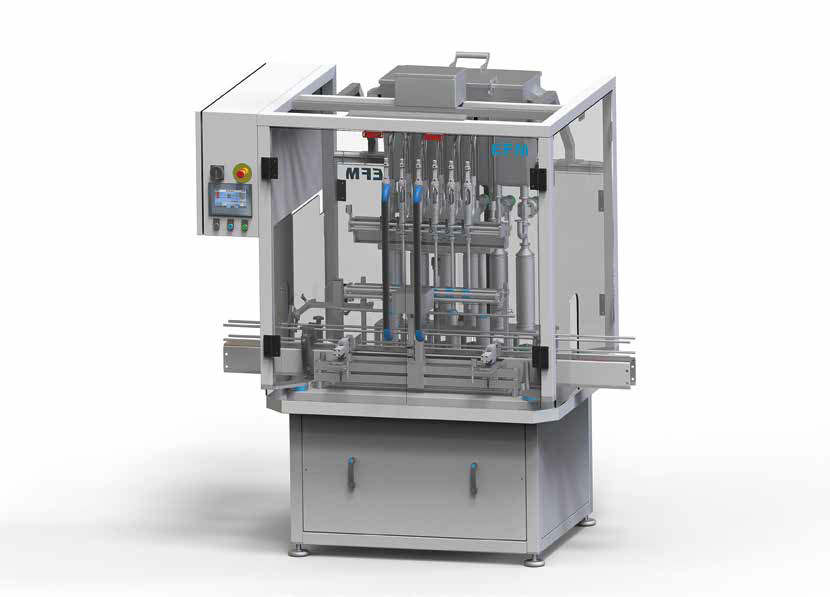
Servo controlled filler
For food and non-food liquid products that are high foam or have a high viscosity a specialist fillin...
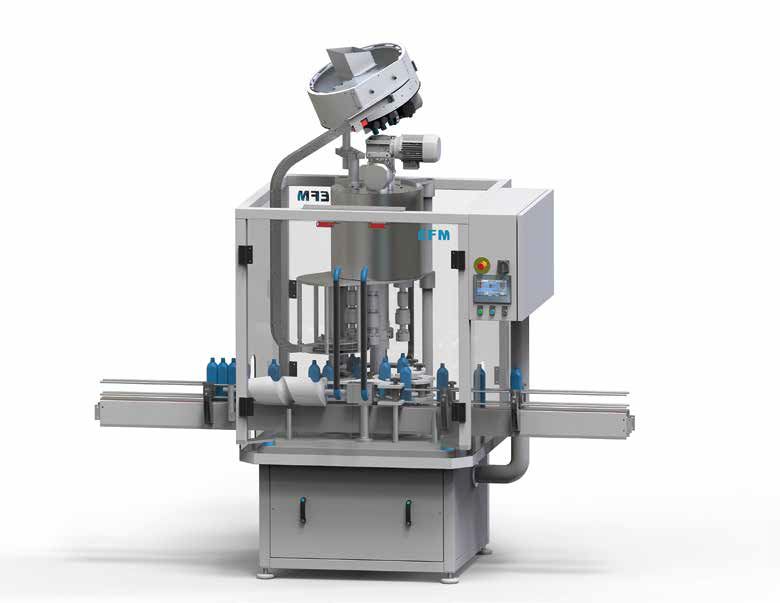
Multi-head capper
For the stand-alone capping of bottles of up to 2.5litre capacity you need a robust and flexible machine wi...
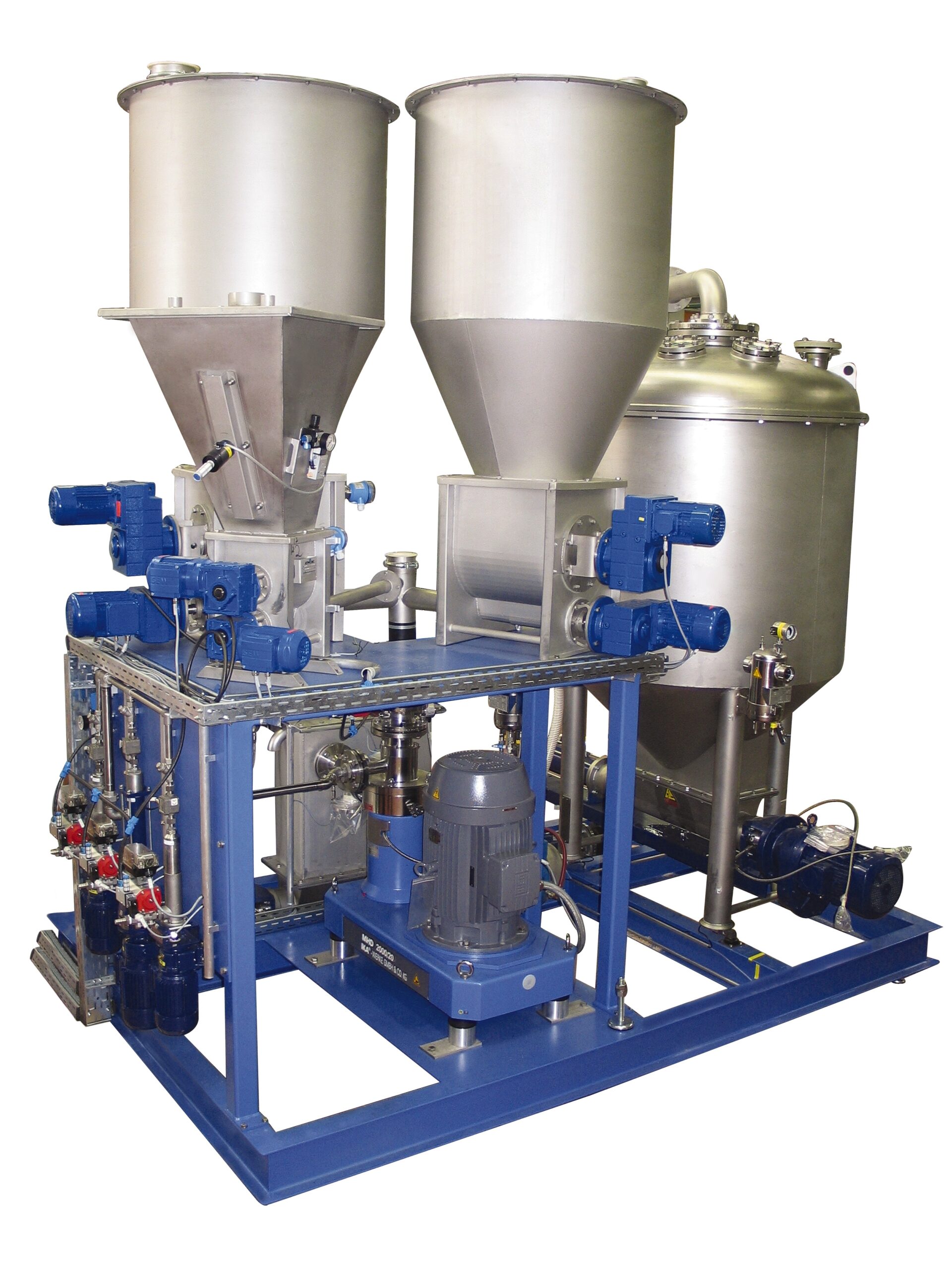
Dust-free continuous homogenizing system
Producers in a wide variety of industries benefit from equipment that can continuo...
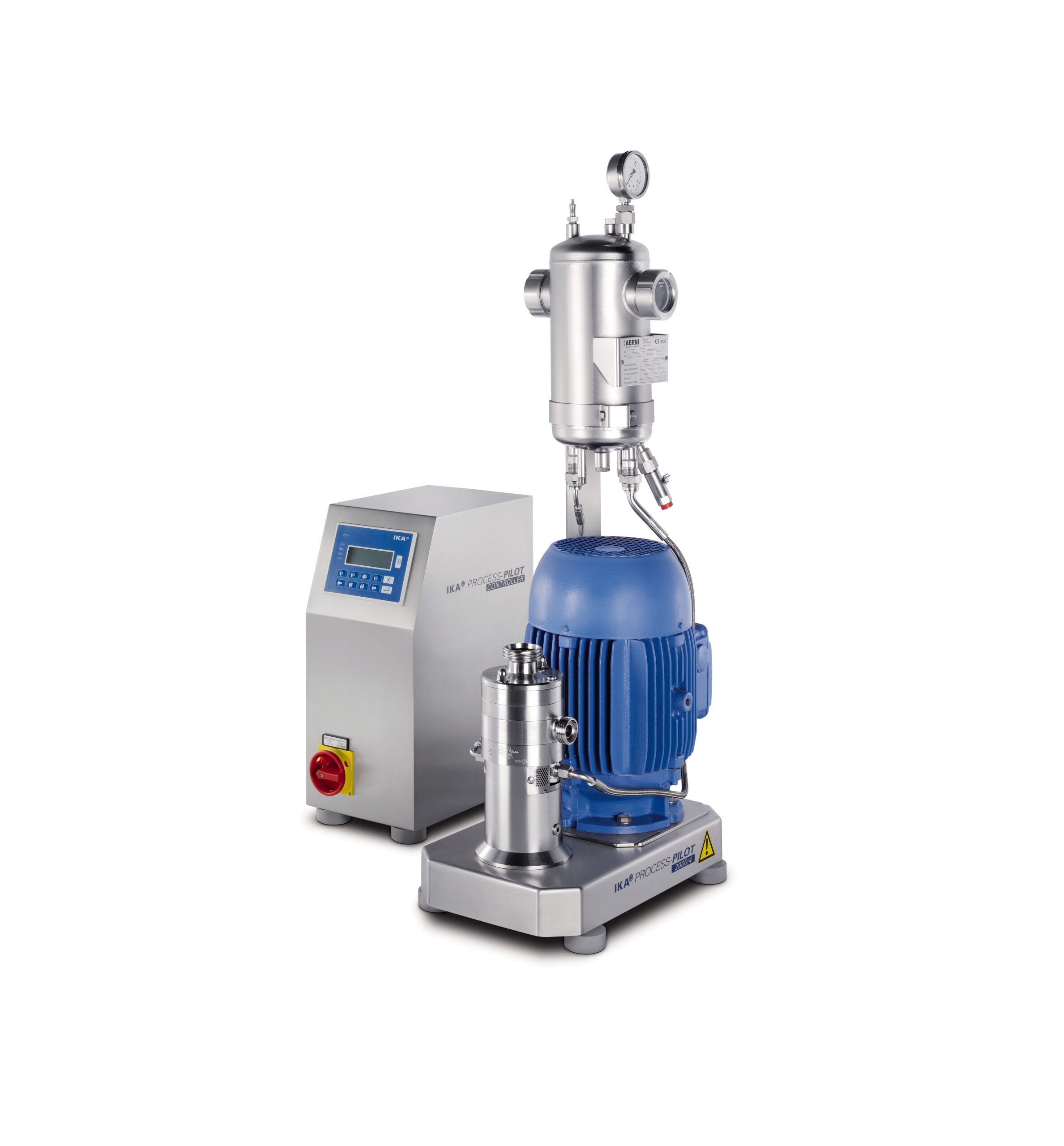
Dilution system for two or more liquids in one pass
Onsite dilution of liquid process ingredients has historically been a...
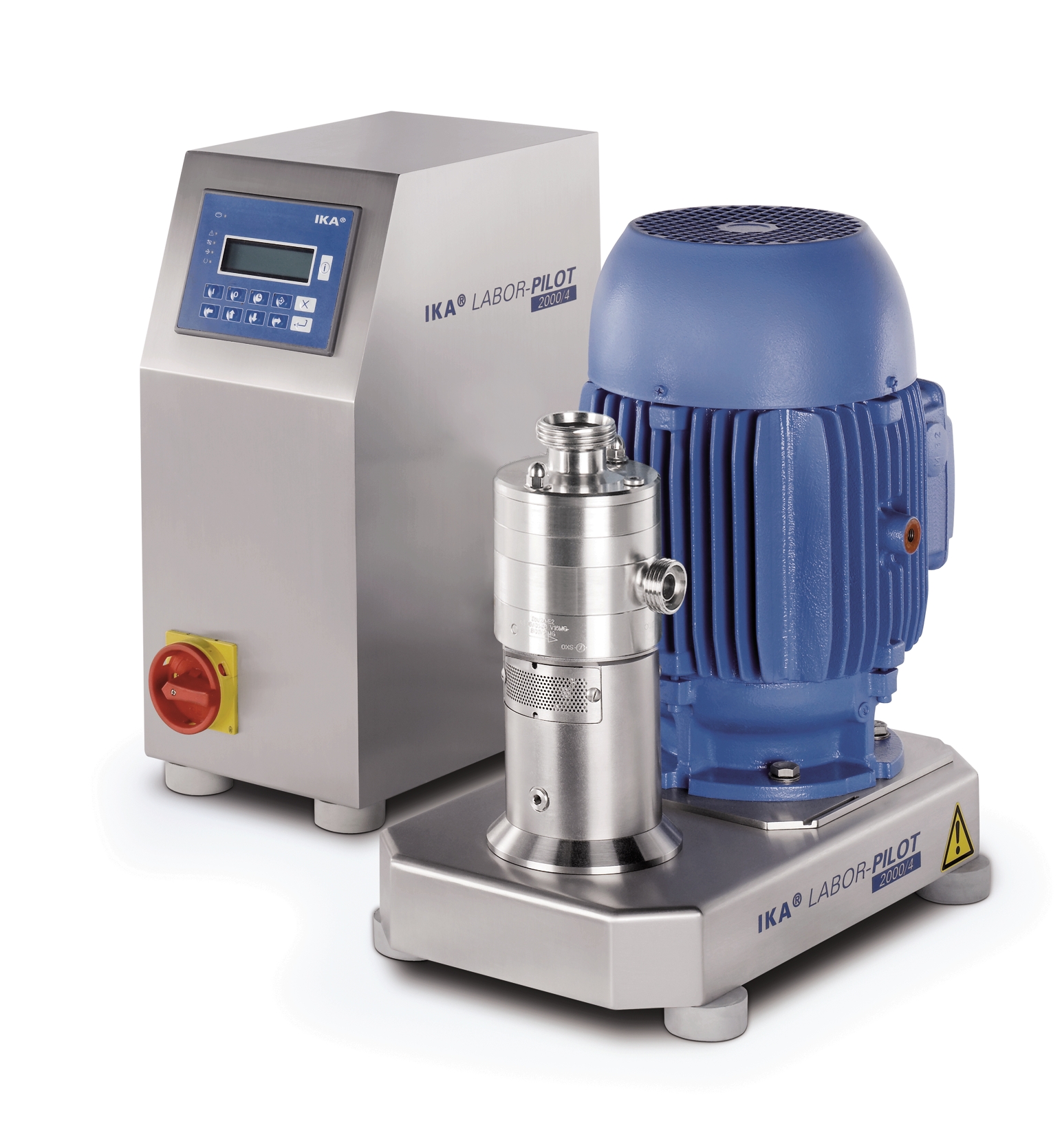
Pilot dispersing machine for testing and scale-up
Innovators in process development need laboratory equipment that helps ...
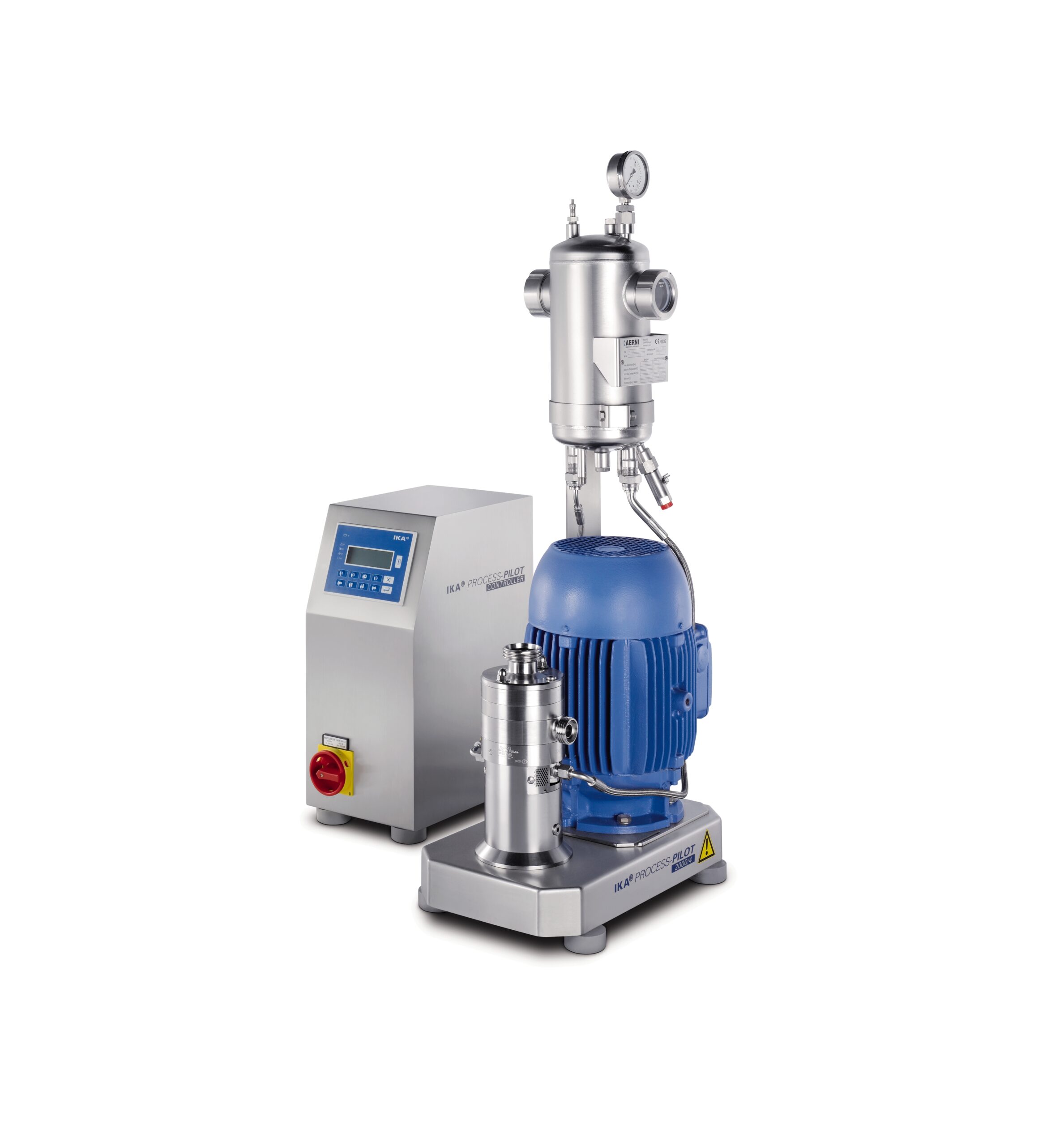
In-line laboratory dispersing machine
Innovators in a wide variety of industries need laboratory equipment on which process...
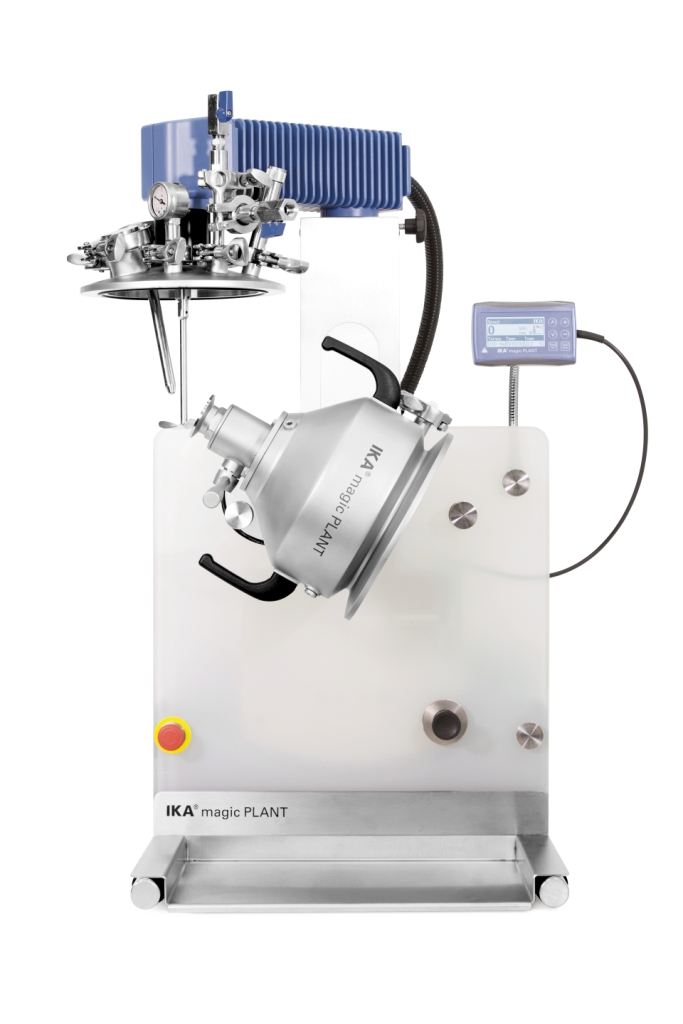
Laboratory dispersing machine for low-viscous masses
Laboratory mixers have not always been easy to work with. Getting a...
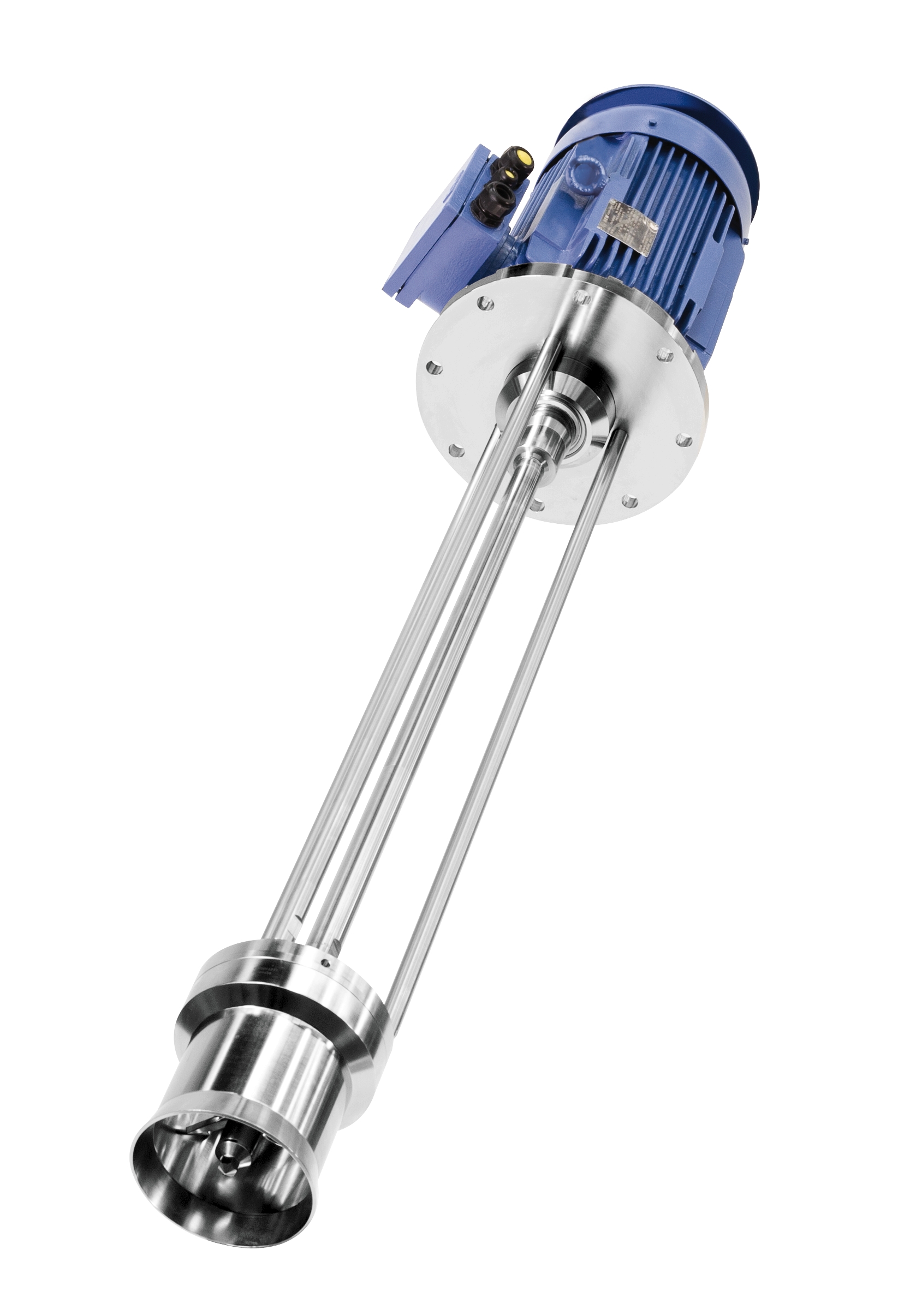
Jet flow agitator for high-viscosity media
Processes including homogenization, dispersing, suspension, emulsification and ...
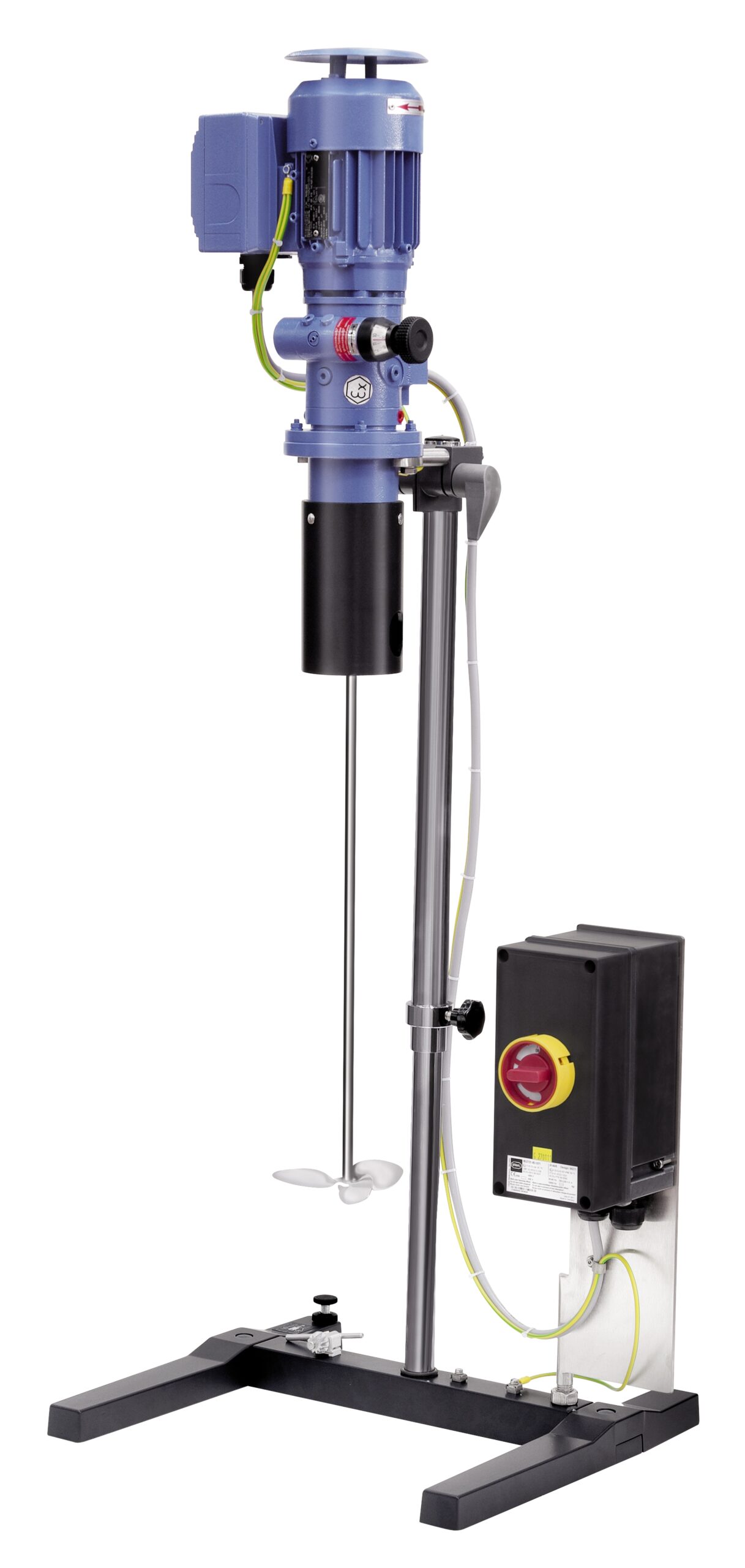
Agitator for medium viscosity media
Mixing fluids of medium viscosity for many production processes requires an agitator wi...

Agitator for low viscosity media
Reliably agitating fluids in open or pressure-less vessels in a laboratory or small scale p...
